The Ultimate 9 Best Places to Visit in Portugal
Many places in Portugal will leave you speechless, from unusual rock villages to historic cities and sweeping gold beaches to national parks. For one, the rock village – Monsanto – defies logic with enormous boulders replacing typical roofs. Then there are the well-known beautiful cities like Lisbon and Porto, whose architecture and fine wines keep you occupied day and night. Indeed, each region has its own distinctive character, none more so than the “hidden” or lesser-known cities, villages and historic sites, which have a lifestyle and outward appearance of old-world Portuguese charm. It’s in these places that you’ll find Portugal’s true nature, including tales of the Knights Templar and sea explorers. Plus, Portugal continues to be one of the best-value destinations in Europe, meaning any travellers interested in affordable luxury travel should consider Portugal. With this in mind, here are my nine best places to visit in Portugal in 2023!
Alternatively, check out my 10-day Portugal itinerary.
9 Best Places to Visit in Portugal 2023
1. Tomar
First on my list of the best places to visit in Portugal is Tomar, otherwise known as The Templar City of Portugal. As the name suggests, Tomar was the headquarters of the Knights Templar in the 12th century, and the magnificent castle and Convento de Cristo standing sentry over this charming community hint back to these Templar days. The latter is a UNESCO World Heritage site and was built by Gualdim Pais, a Knight Templar in the service of Afonso Henriques – Portugal’s first king.
The town, planned with a cross layout, is a living museum with many landmarks connected to the Templar order, including the 6-kilometre-long Pegōes Aqueduct, which feeds water into the convent. Among the best things to do in Tomar is to visit the Church of Santa Maria do Olival, which has tombs of several prominent members of the Knights Templar.
The Praça de República and Igreja de São Joåo Batista are also worth visiting and sit within the city’s main square. Likewise, Mouchão Park is a green oasis standing on a small island overlooking the Nabão River. There are weekly markets here with traditional Portuguese dancers, music and stalls selling local crafts. For a bite to eat, head to Taverna Antiqua, which is a themed restaurant serving medieval cuisine with costumed waiters.
2. Cascais
A little over 30 minutes from Lisbon is Cascais, a modest and historic fishing village. It crowns the Estoril coast, which has given the town the nickname “the Portuguese Riviera”. There are multiple beaches that could challenge the Algarve in terms of beauty, and each is excellent for surfing, swimming and fishing. My favourite is Praia de Rainha. Another nature-immersive activity in Cascais is the Parque Marechal Carmona which has peacocks, roosters, and peaceful forest walks.
The town centre is lively with traditional Portuguese tiles and an eclectic mix of award-winning restaurants and small cafes. Paul’s serves local pastel de nata (a creamy custard tart), while House of Wanders has a wonderful mezze-based menu, and Masala serves the best Indian cuisine!
There are also many historic places to see in Cascais, including the Santa Marta Lighthouse, the Castro Guimaraes Museum and the Santa Marta House. The latter is an architectural gem with an exquisite Arabic-style courtyard! The Cascais Citadel Palace is also impressive as it was formerly the residence of the Citadel’s governor, the Royal Family and Portugal’s presidents.
3. Alcobaça
Quietly situated in the valleys of the Rivers Alcoa and Baça, Alcobaça is the definition of a hidden gem. It’s a city that few tourists venture to, but really should, and its main theme is one of love, especially Portugal’s ill-fated lovers, Pedro and Inês. Throughout the town, this theme is strong, and if you’ve got time, head to the Garden of Love, which is where the two rivers intertwine, and the garden is dedicated to Pedro and Inês. You’ll also find lots of street art around the town, along with cafes serving delicious cakes and shops selling beautiful ceramics and ginja, a delicious cherry liqueur.
But the main reason to visit Alcobaça is the UNESCO World Heritage Monastery of Santa Maria d’Alcobaça. It’s an architectural masterpiece, and inside, you’ll find the matching tombs of King Pedro and Inês. Their love story is tragic yet beautiful because Pedro had an unwavering love for his forbidden sweetheart. She was murdered by his father’s henchmen. When Pedro became king, he had her body exhumed, and she was posthumously recognised as his wife and crowned queen.
The founding of the monastery is closely associated with the beginning of the Portuguese monarchy. After King Alfonso I became king in 1139, he focused on supporting the Crusaders and religious orders. Following the Cistercian’s support of the conquest of Santarem in 1152 from the Moors, the king gifted the monks this building! From then, the monastery became the country’s centre for study and religious doctrine, and the kingdom’s most important monastic school was located within its premises.
4. Tancos
Of all the places to visit in Portugal, Tancos is the parish where time feels like it has stopped. There are just 243 residents, and there’s only a handful of things to do, including visiting the Igreja Matriz and the riverside Parque Merendas. But the main reason to come to Tancos is the Castle of Almourol, which is regarded as the most beautiful castle in Portugal. It sits on a rocky island in the middle of the Tagus River and is best known for its association with the Knights Templar and as a stronghold during the Portuguese Reconquista. It fell into disuse and disrepair until the 19th century, and now it consists of a three-story keep, battlements and towers overlooking the exquisite countryside.
5. Porto
As the second largest city in Portugal, I had high expectations of Porto, and its riverside terracotta buildings didn’t disappoint. For one, it’s the birthplace of port wine, which you can try in almost all the restaurants, and the Douro River means there are several boat trips to take. If you’re short on time, I’d recommend using the boat taxi to get from one side of the city to the other.
Perhaps the most famous thing to do in Porto is to visit the Livraria Lello – a beautiful bookshop that is said to have inspired J.K. Rowling’s Hogwarts. But since there are endless queues here, and you have to pre-book, I’d recommend skipping this and exploring some of the city’s lesser-known sites. My favourites are Serralves Park and Treetop Walk, and Zenith, a relaxed cafe with the best Vegan waffles! I also love their ethos – “brunch all day!” History lovers should pop into Porto Cathedral and the Bishop’s Palace, which has some of the most beautifully decorated ceilings I’ve ever seen!
6. Obidos
The medieval town of Obidos reflects the true beauty of rural villages. The compact and whitewashed buildings sit within the crenellated walls of Obidos Castle, and the historic centre is a labyrinth of cobblestone streets, flower pots, charming squares and dinky streets lined with chocolate and sour cherry liqueur shops.
If you want to get “lost in time”, then Obidos is perfect for you, as the entire town looks stuck in the 14th century. It’s little wonder then that the romantic-looking Obidos has been named the “Wedding City”, which refers to the tradition whereby ancient kings gifted the village to their queens as wedding presents.
Obidos is also a book lover’s paradise as the 13th-century Church of Santiago has been remodelled into the Grande Livraria de Santiago. Where the marble altar used to stand, there’s a display of bestsellers. Moreover, the pews where congregants used to kneel and pray are replaced by magnificent shelves of art books, biographies and novels in different languages. Plus, if you’re looking to spend a night in a castle, then you’re in luck, as Obidos Castle is now a fairy-tale hotel!
7. Sintra
Without a doubt, one of the best places to visit in Portugal is Sintra! It’s a UNESCO destination that needs at least two days to explore. The first thing you should see is the Palacio Nacional de Pena, which is renowned for its multi-coloured architecture. Surrounding this is the Parque de Pena, otherwise known as the lungs of Sintra, which has hidden paths and vast lakes resembling a fantasy woodland. There’s complete silence here, and a roughly defined path leads to the Chalet da Condessa d’Edla. This chalet was designed according to alpine chalets, and its vibrant interiors look like they belong in Alice in Wonderland!
Within Sintra’s town is the best-preserved medieval royal residence, Sintra National Palace, where many kings previously lived. Slightly further afield is Quinta da Regaleira – a UNESCO World Heritage site – which has two wells constructed like inverted towers. These wells were used for Masonic-Templar initiation ceremonies.
8. Lisbon
Lisbon is the country’s capital and has one of the best nightlife scenes in Europe, with many cocktail bars and clubs to spend the night at. A great way to travel around the city is to hop on a Tuk-Tuk or tram that meanders around Lisbon’s historic streets.
One of Lisbon’s best treasures is the Basilica de Estrela which rivals the beauty of Notre Dame. Opposite is the delightfully maintained Jardim da Estrela which has many exotic plants. Lisbon Cathedral is another architectural masterpiece with Romanesque features, as is the Monastery of São Vicente de Fora, which has some exquisite barrel vaulting ceilings. Finally, presiding tall on São Jorge hill is the silhouette of Jorge Castle, dating to the 8th century. From the castle, you can see the Praça do Comércio and Belem Tower.
Before you leave Lisbon, make sure to visit Jerónimos Monastery, which honours the life of Vasco da Gama – Portugal’s fearless sea explorer – and houses his tomb.
9. Monsanto
Located in the east of Portugal and close to the Spanish border is Monsanto, a hilltop village made out of rocks and boulders. The village’s origins date back 500 years, and in 1948, it was awarded the title of the “most Portuguese” village in the country. Since then, it’s become one of only 12 official Historical Villages of Portugal. This means building restrictions came into play, allowing Monsanto to retain its old-world aesthetic. You’ll find higgledy-piggledy cobblestone streets lined with granite buildings, some of which are only just wide enough to fit donkeys, while other streets have elderly ladies sitting chatting on doorsteps being watched by the resident chickens, cats, and goats.
For such a small village, Monsanto has a lot going on. There are a few public squares and historic houses that once belonged to prominent Portuguese figures. There’s even an executioner’s house! The castle overlooks the entire village and was recently featured in House of the Dragon as House Targaryen’s ancestral home. Once again, there’s a link to the Knights Templar, as Monsanto’s castle was built by Gualdim Pais – a knight.
Final thoughts on the 9 best places to visit in Portugal
The amount of charm and quaint personalities in all of these places mentioned make Portugal one of my favourite European countries. I haven’t even scratched the surface yet, but I’m excited to go back and explore more!
Where’s your favourite place in Portugal? Leave a comment below, I’d love to add them to my travel plans.
LIKE THE ARTICLE? PIN IT!


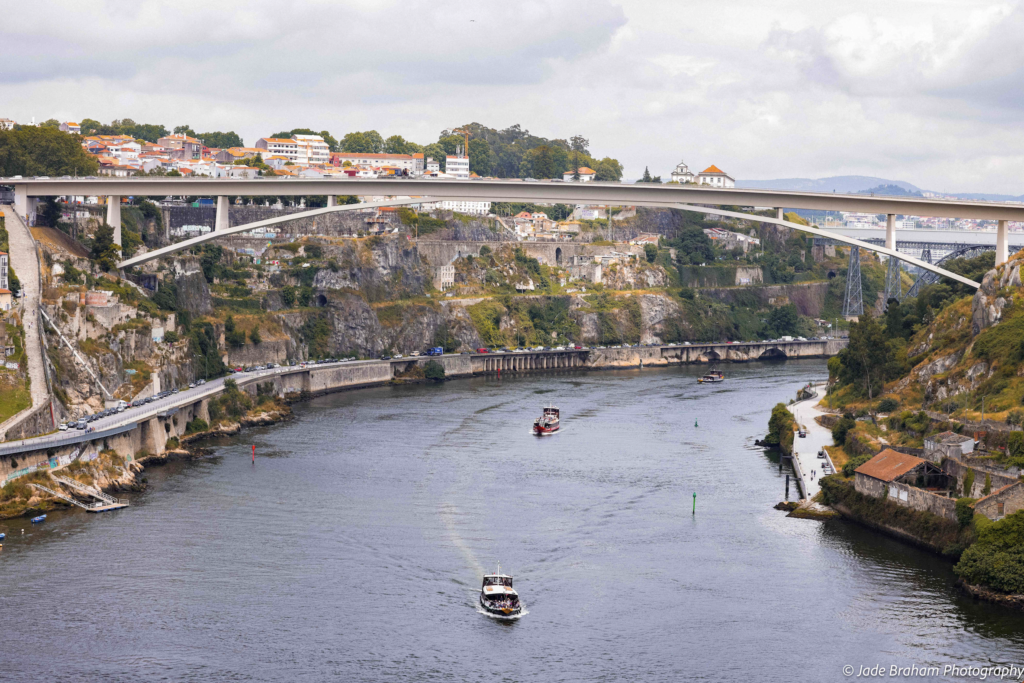
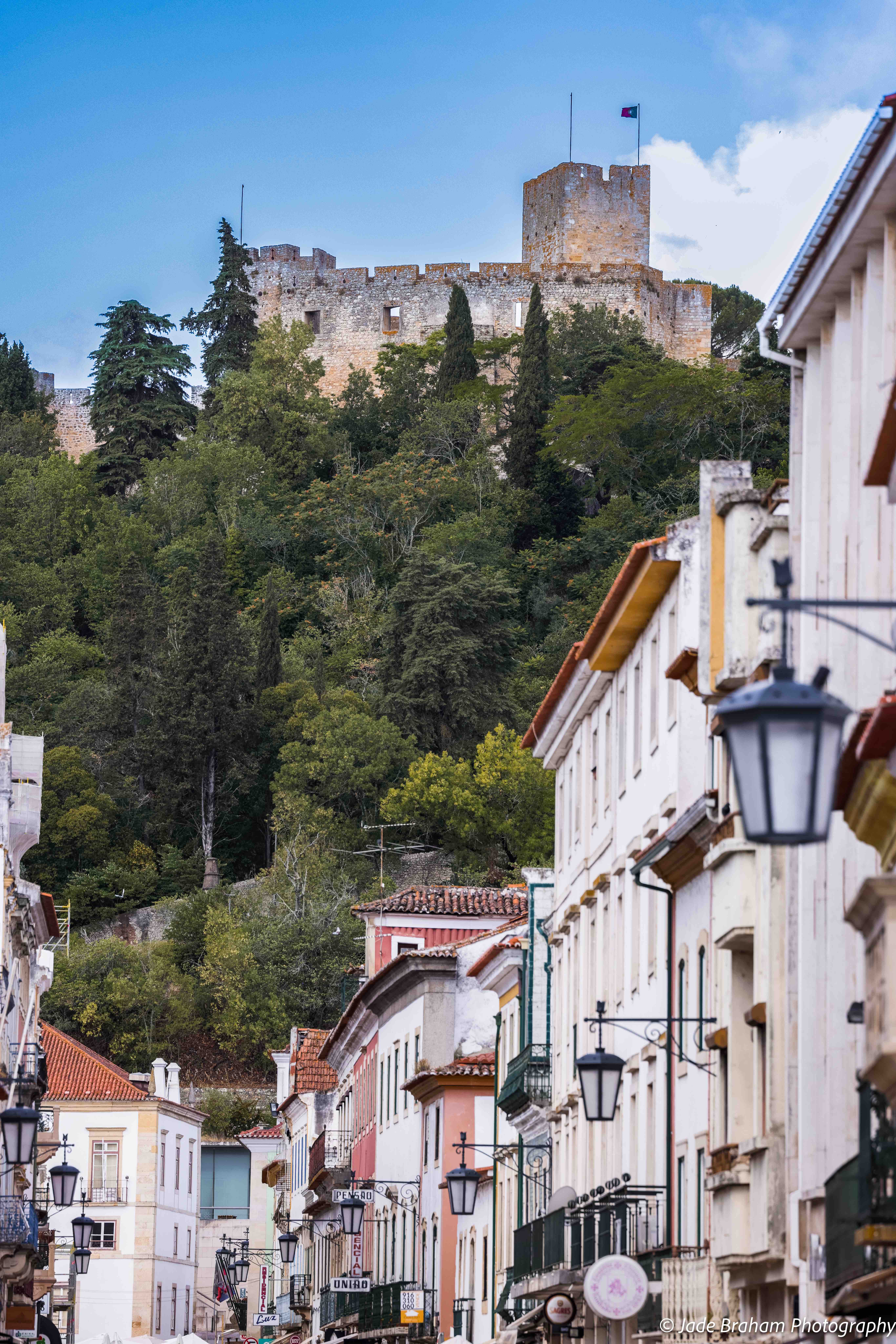

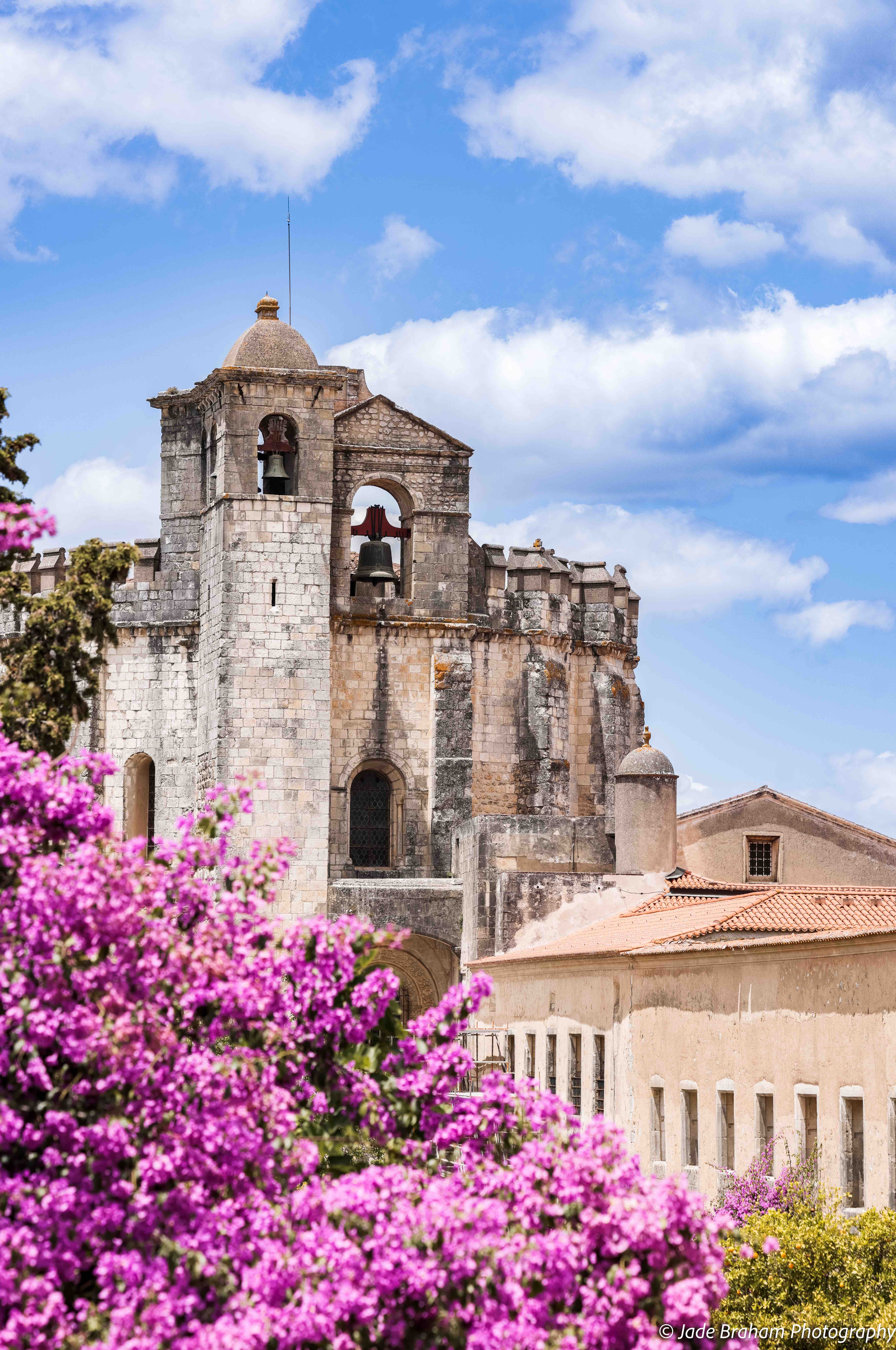
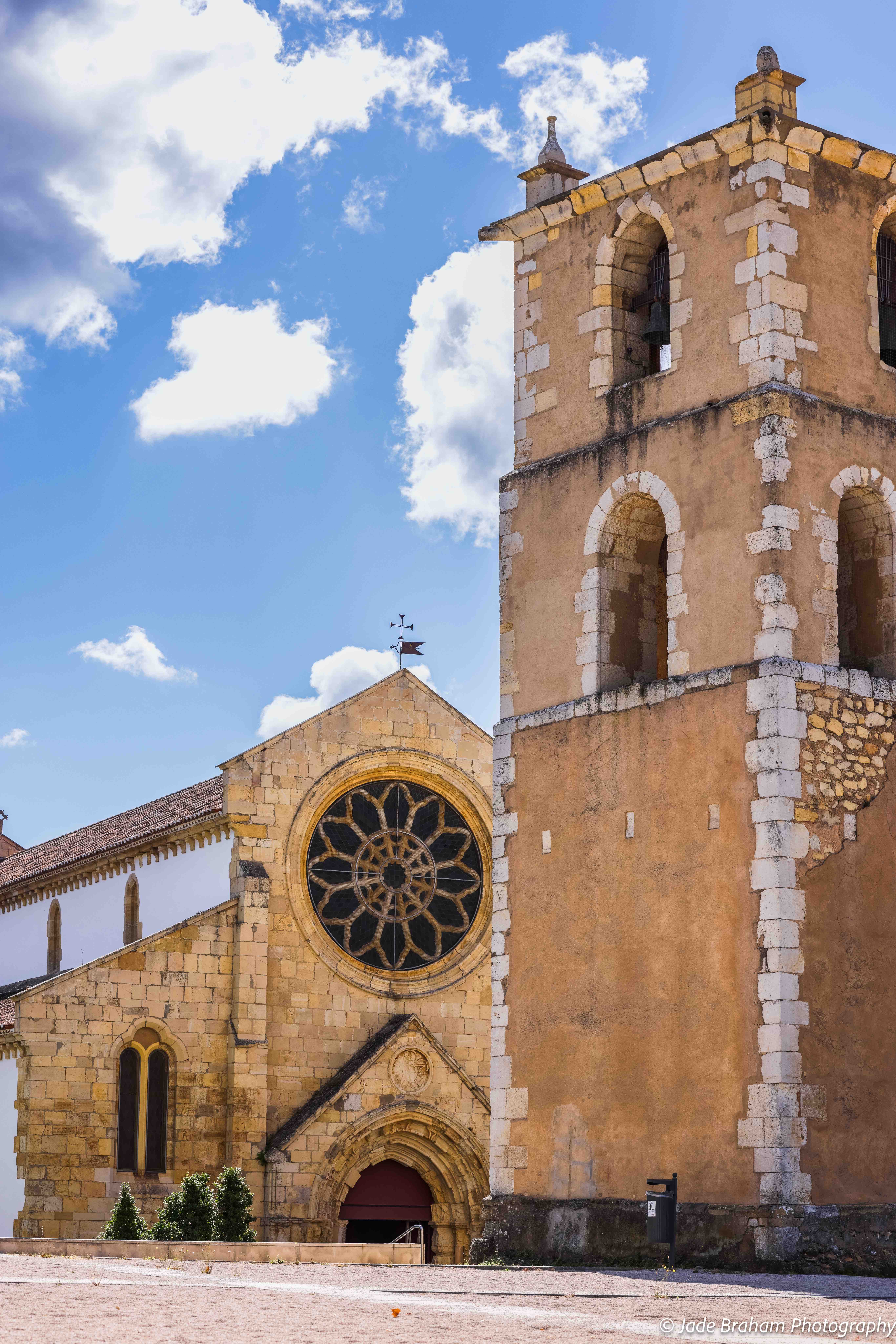
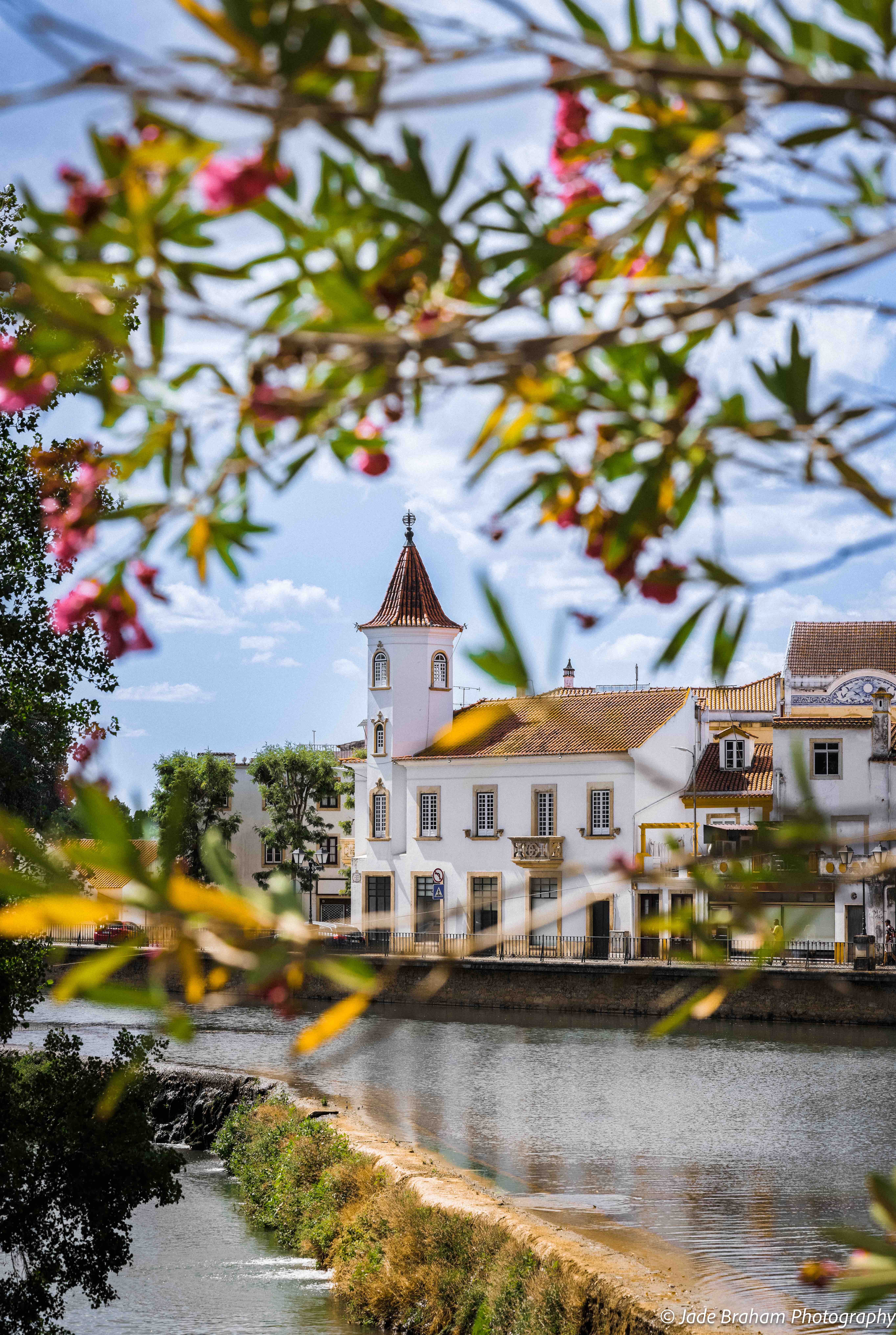


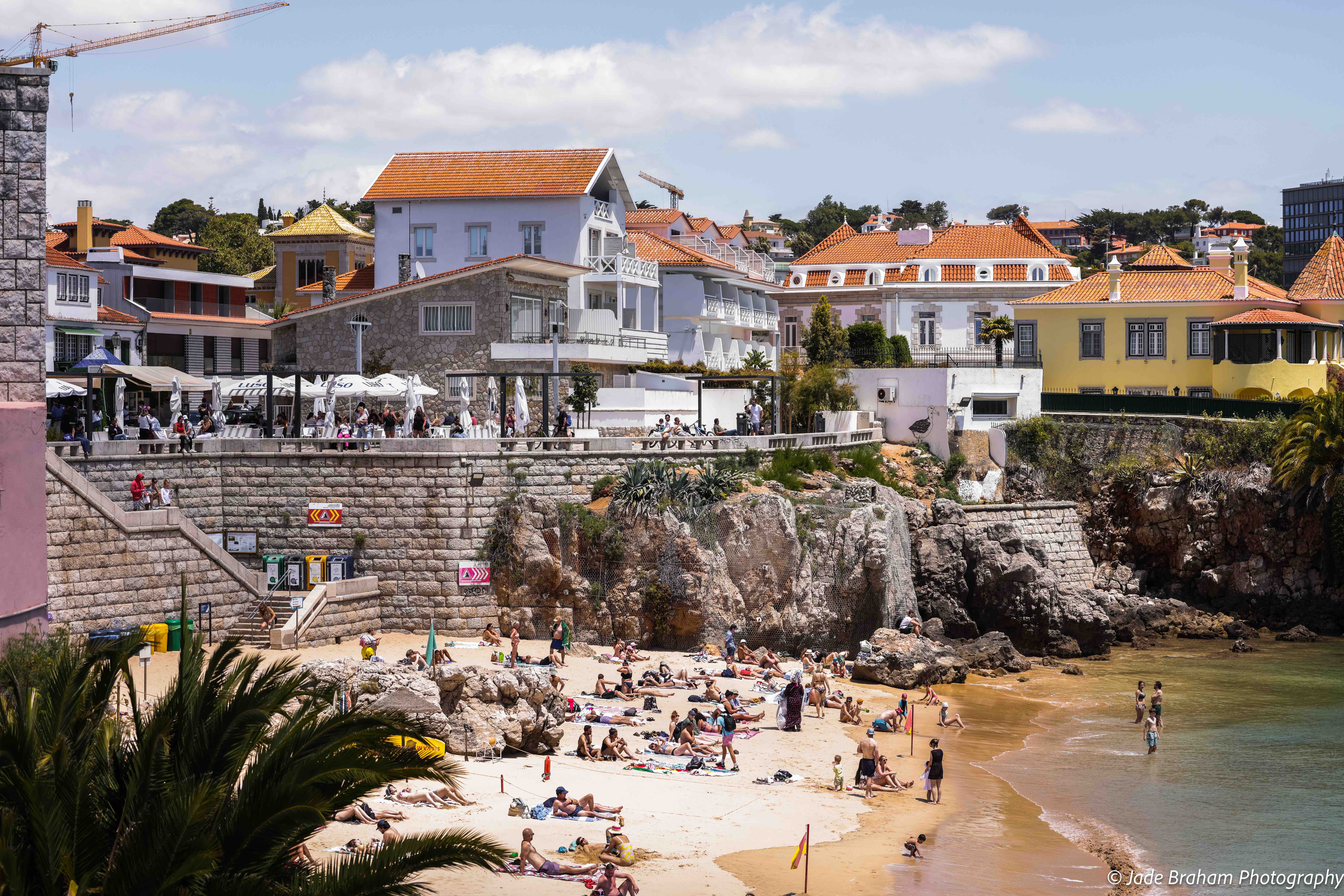

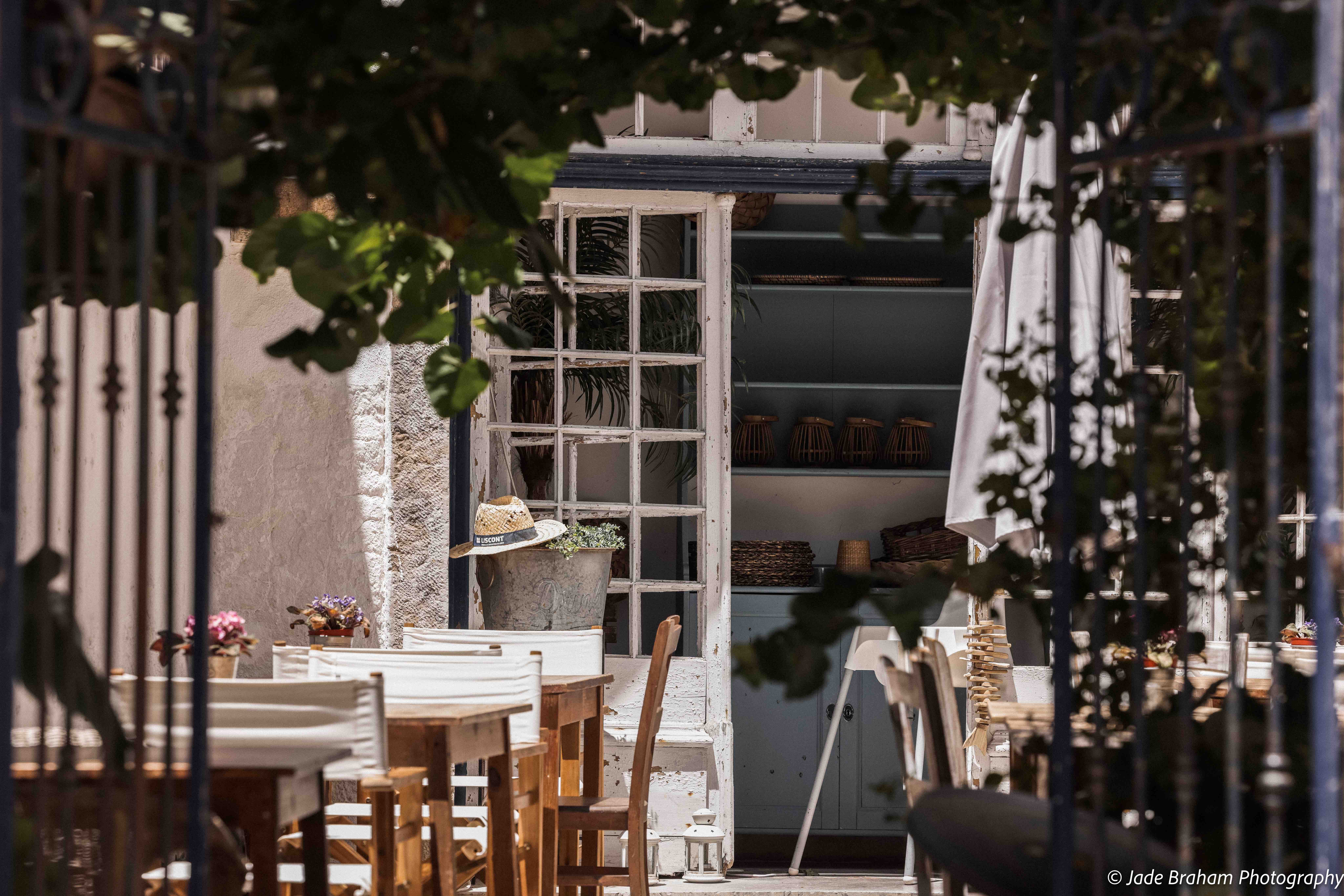
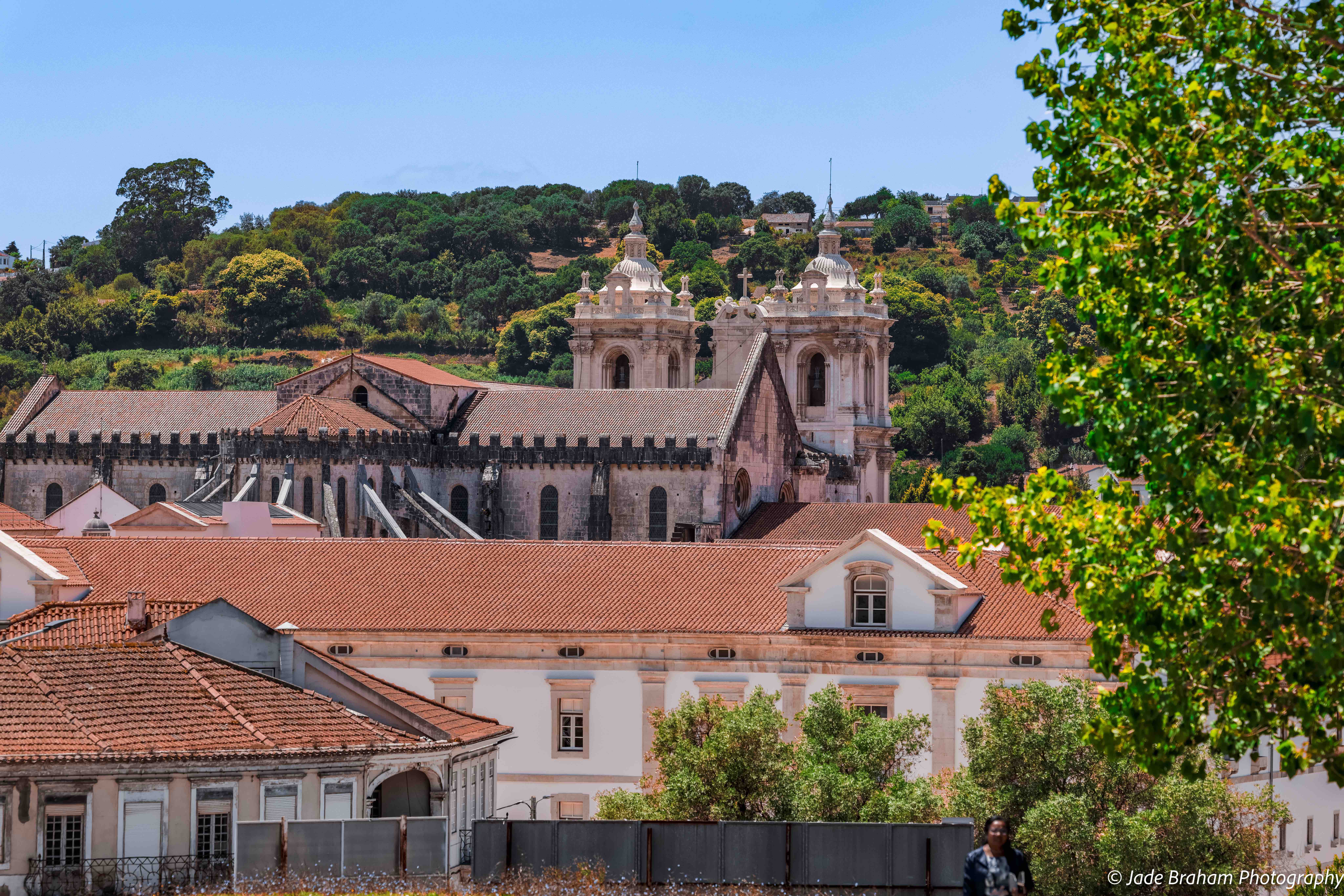
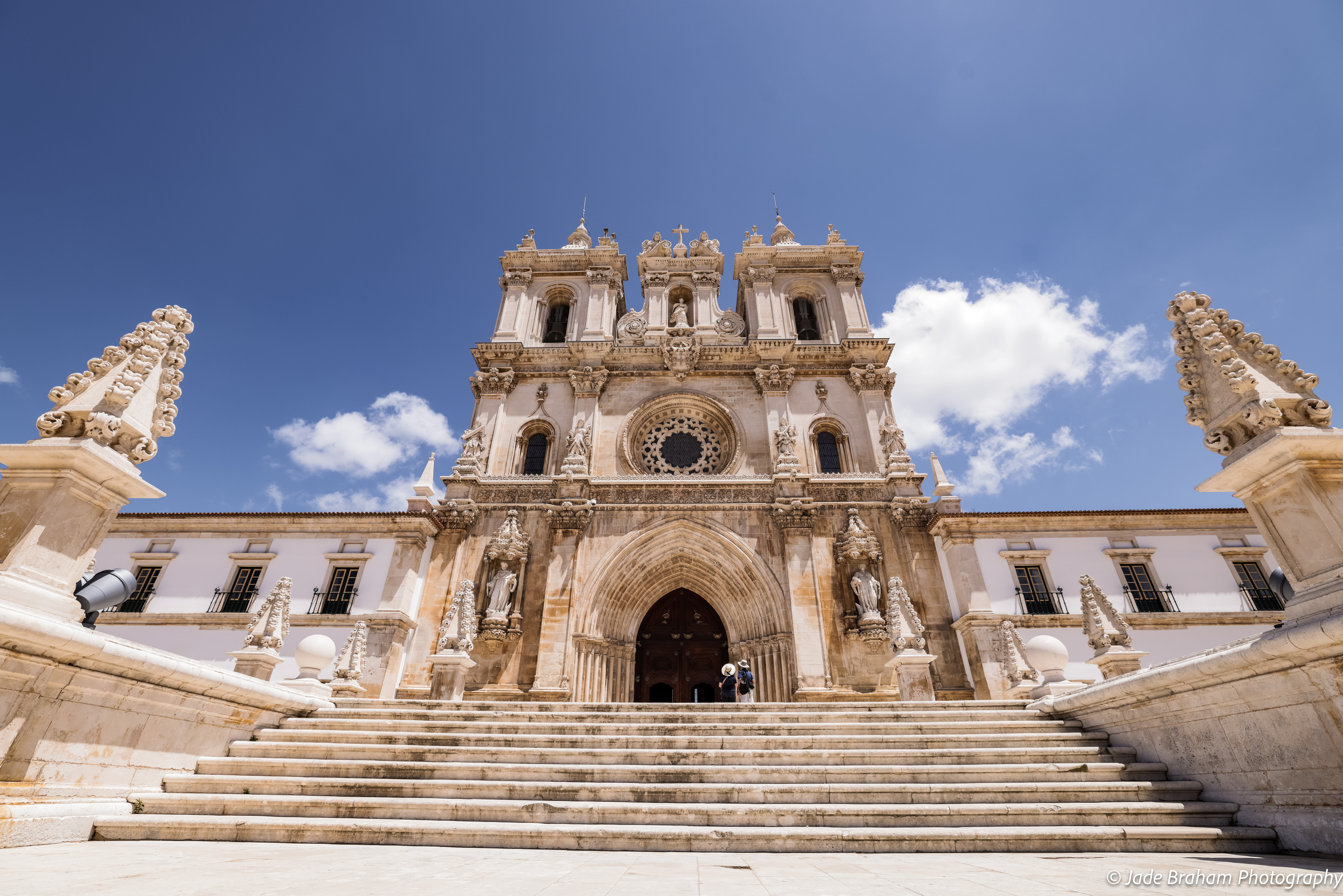
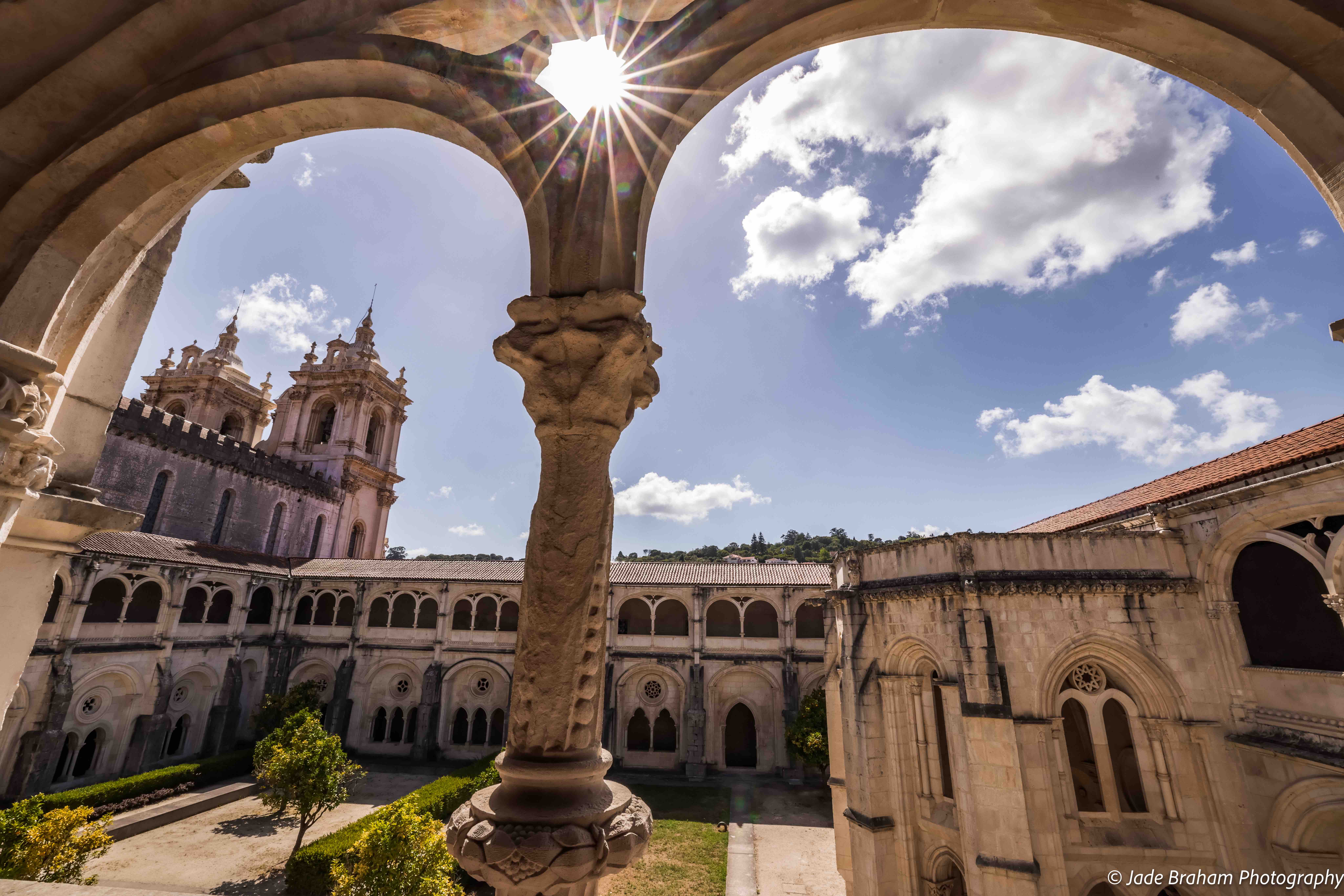
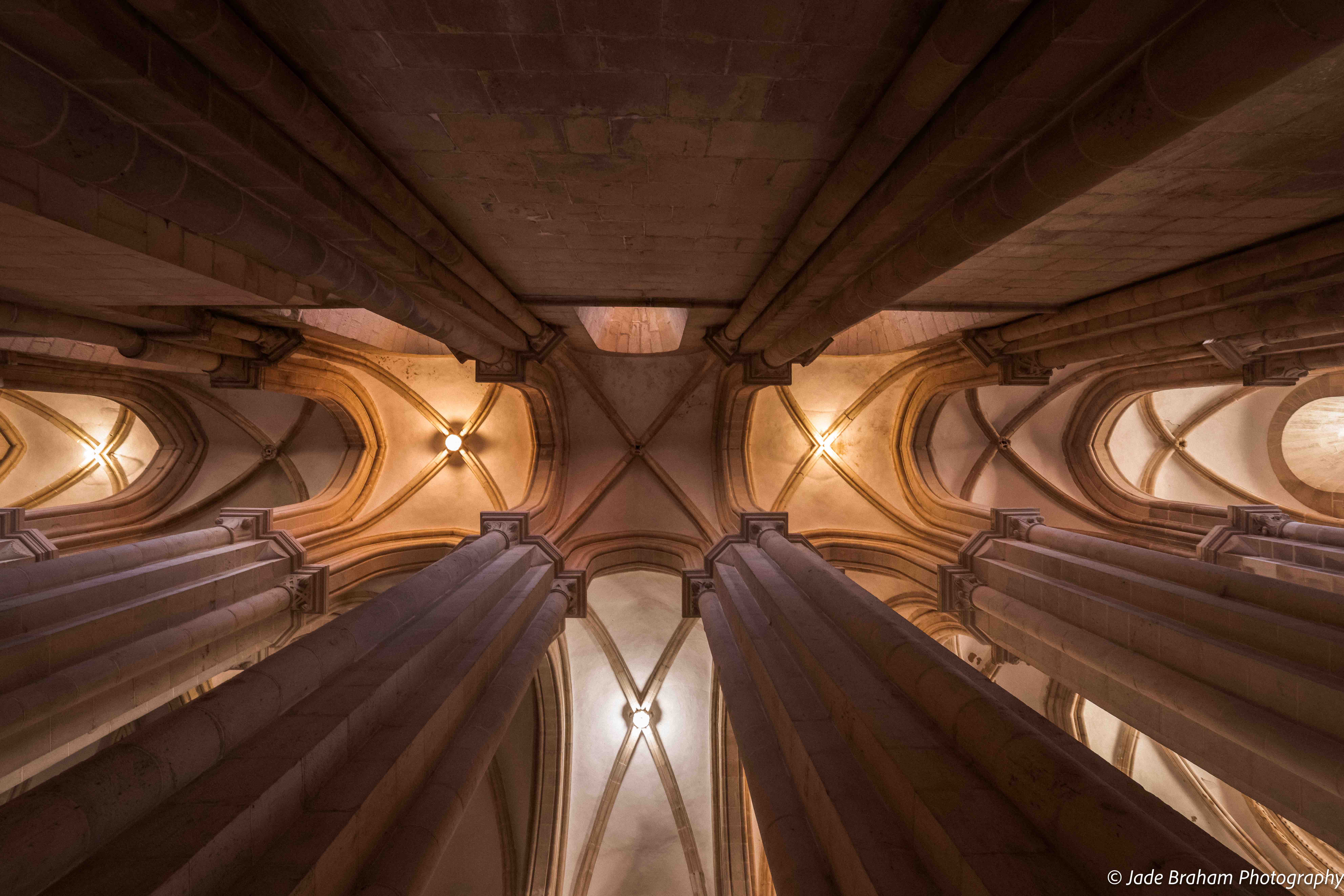
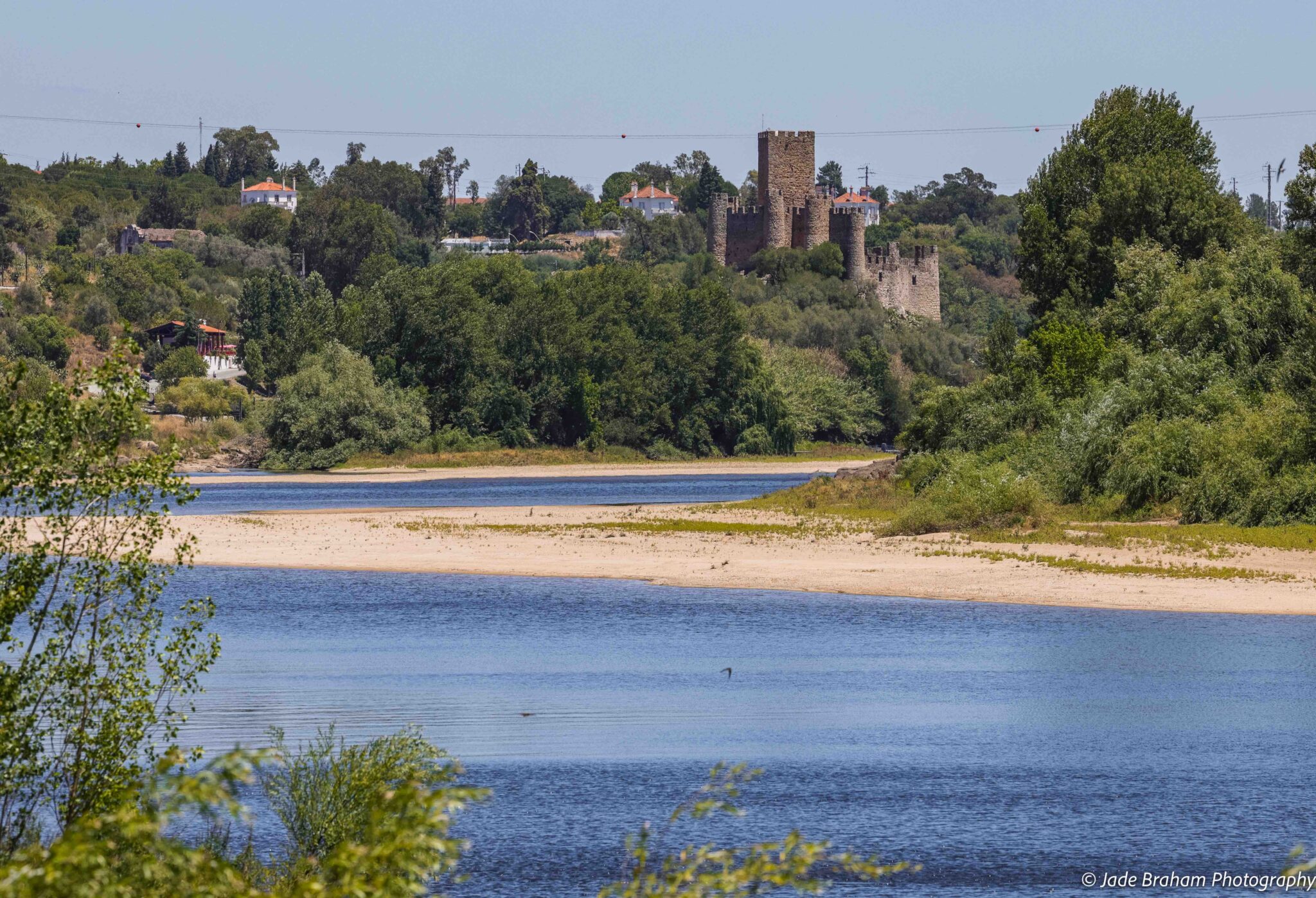
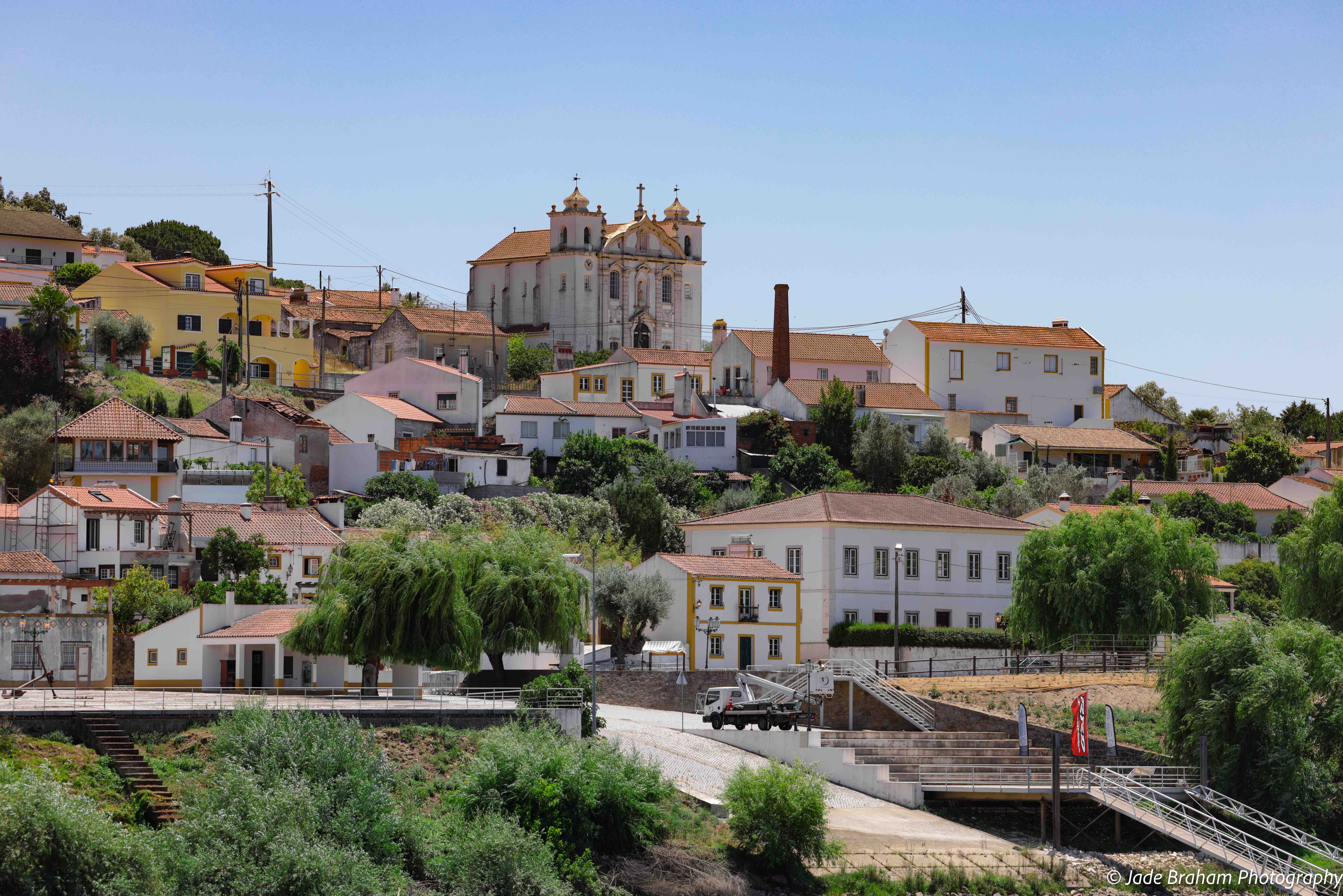
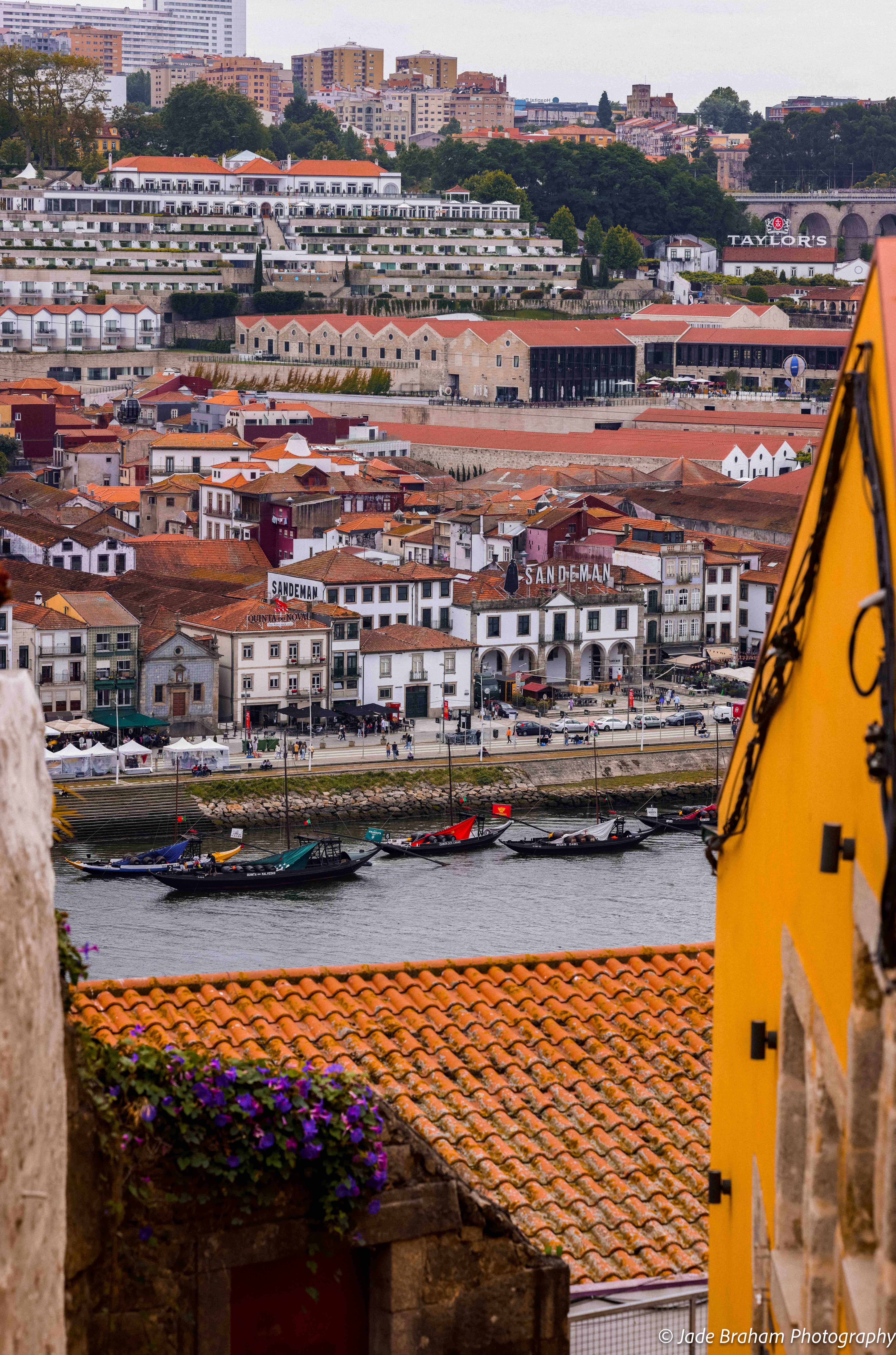
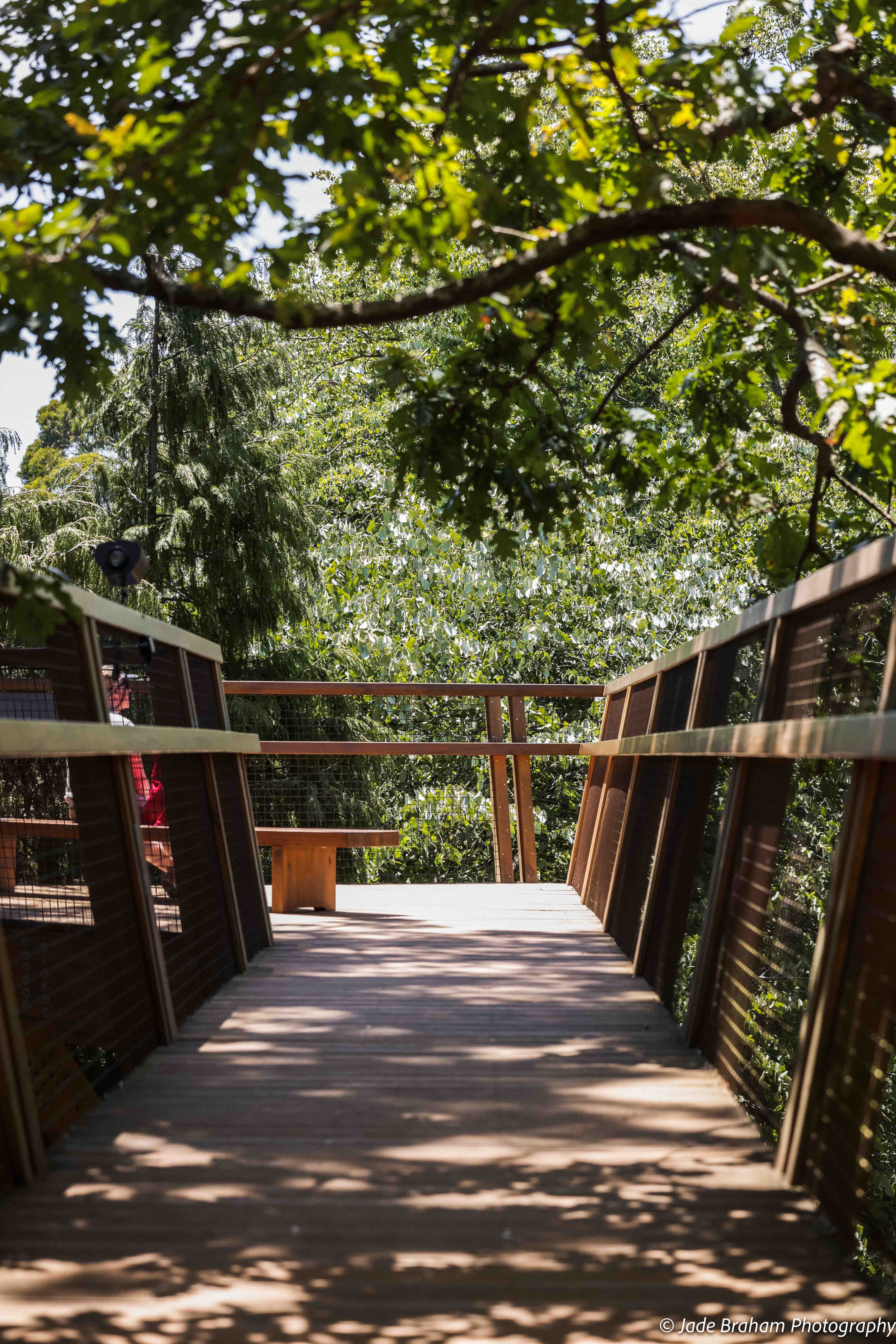

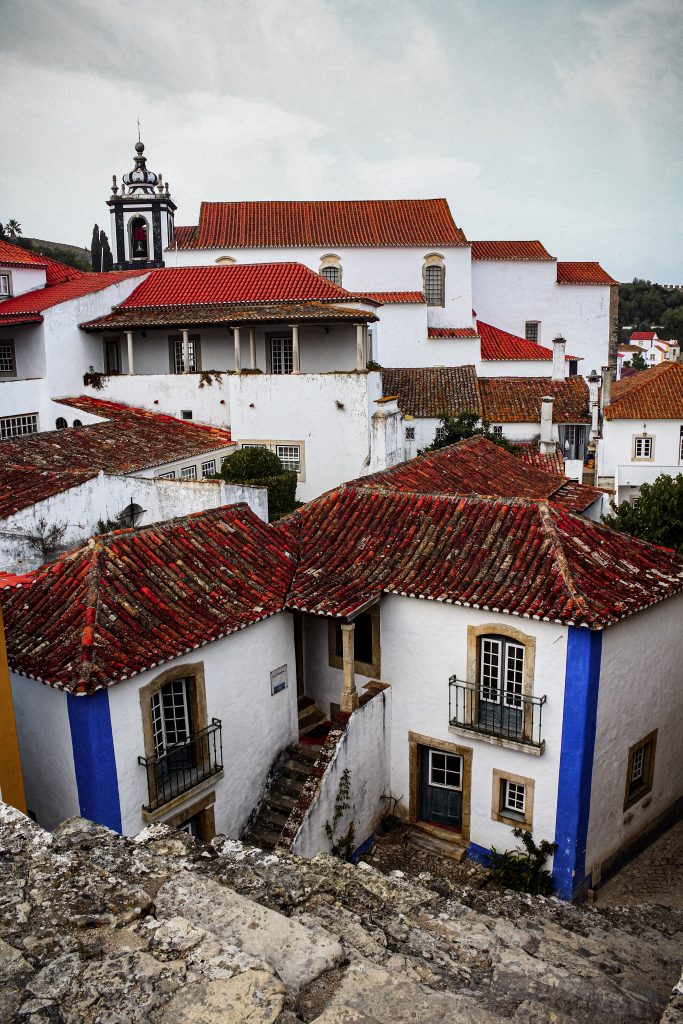
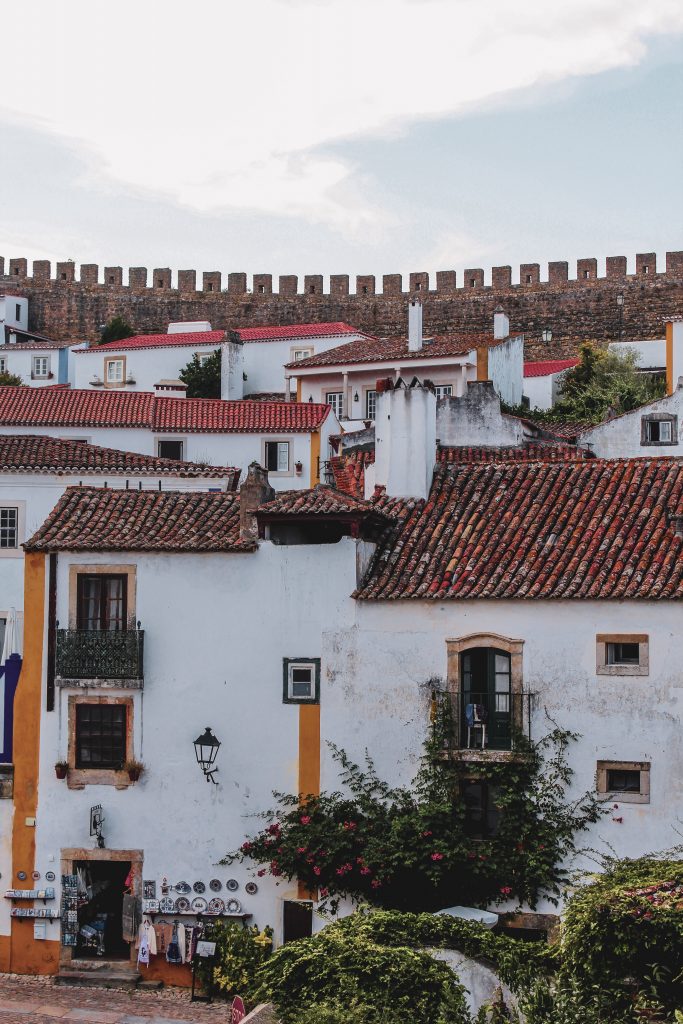
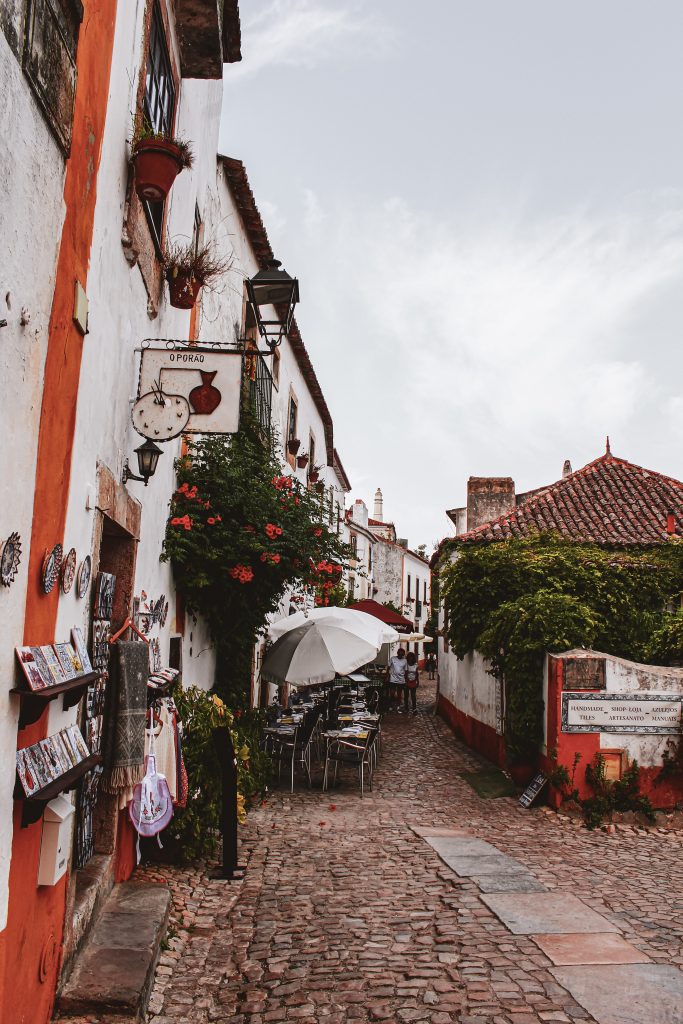
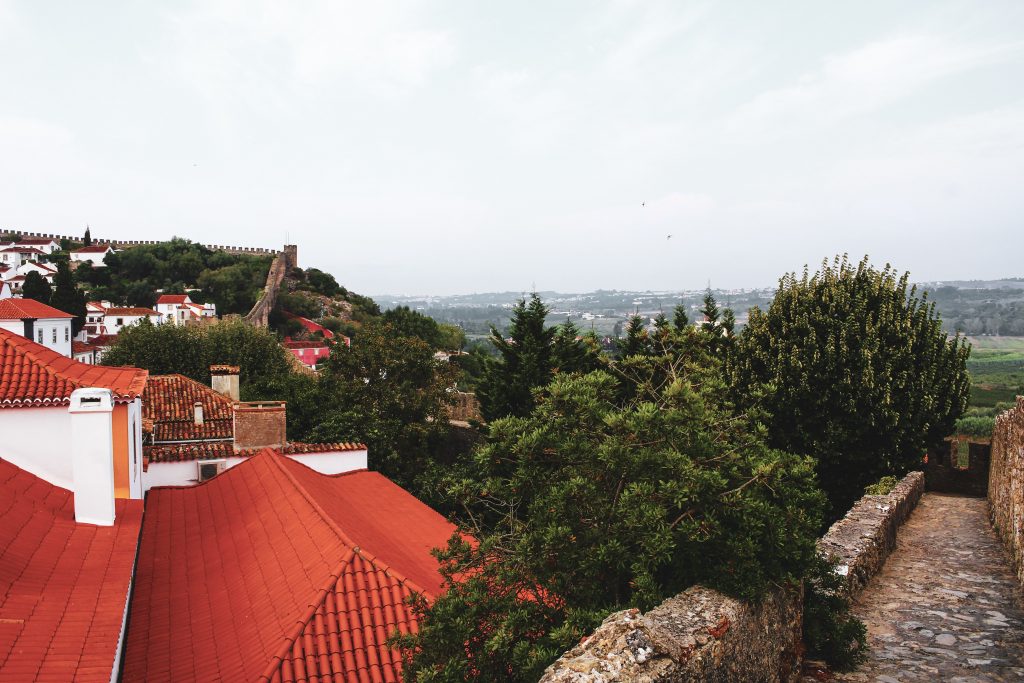
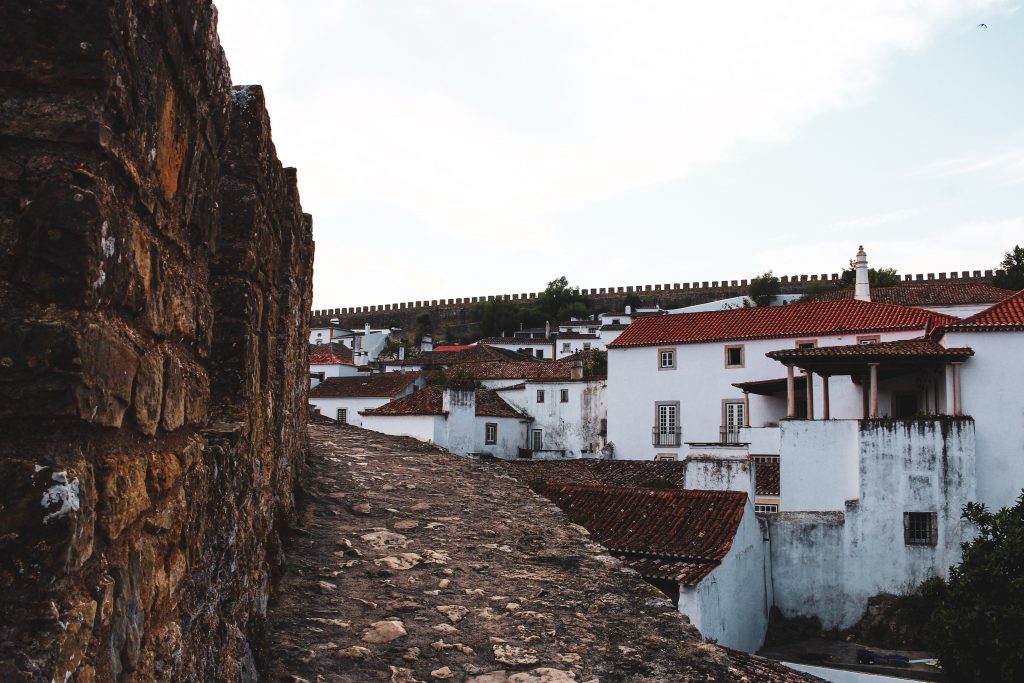
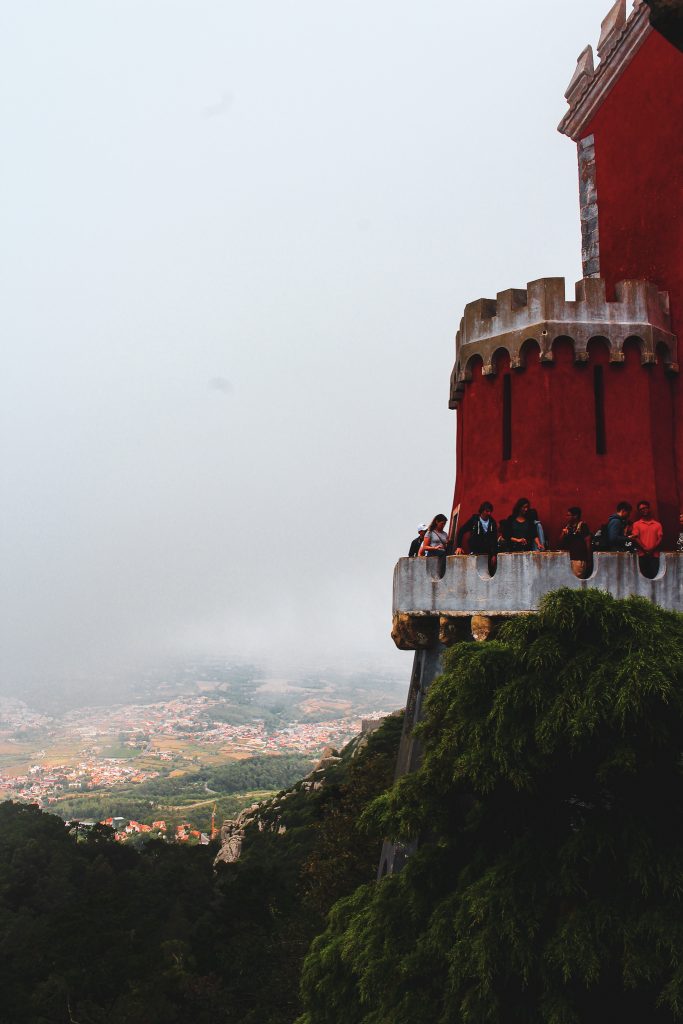
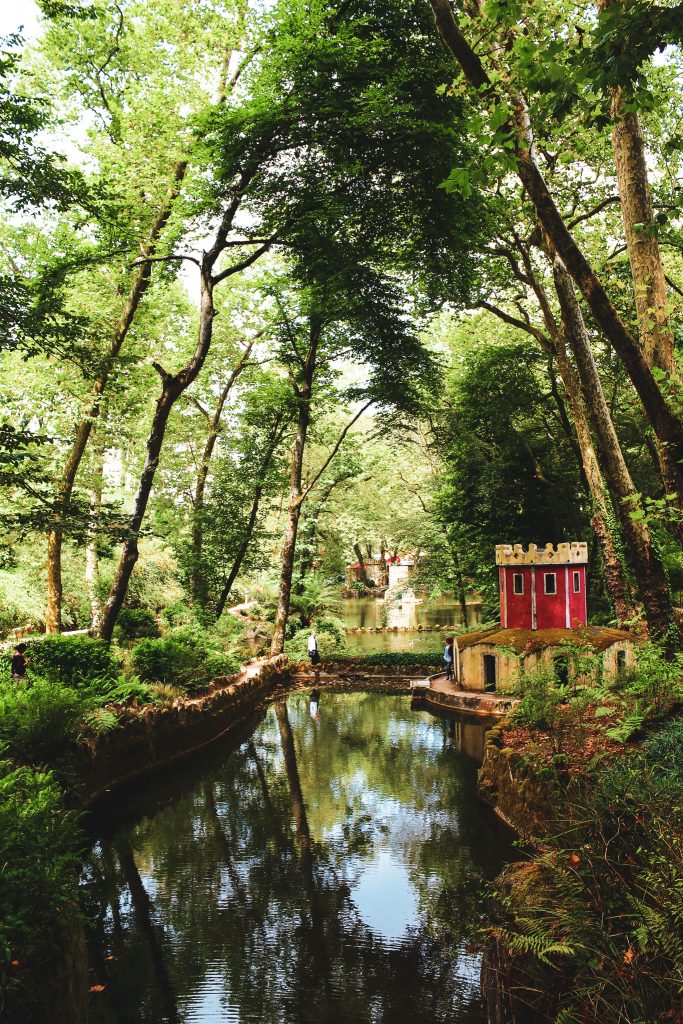
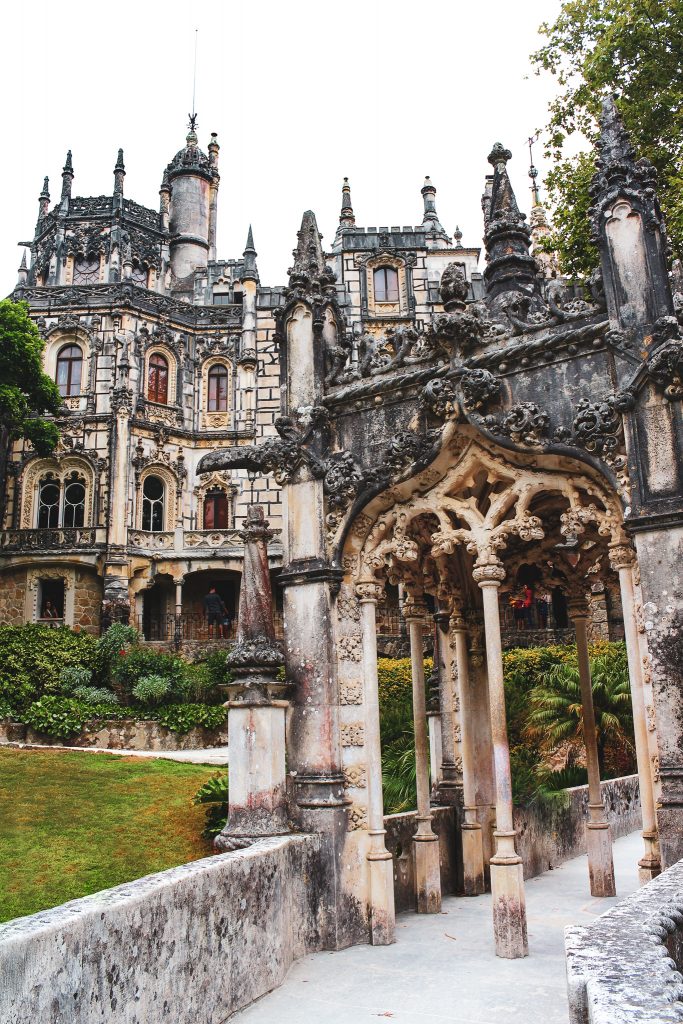
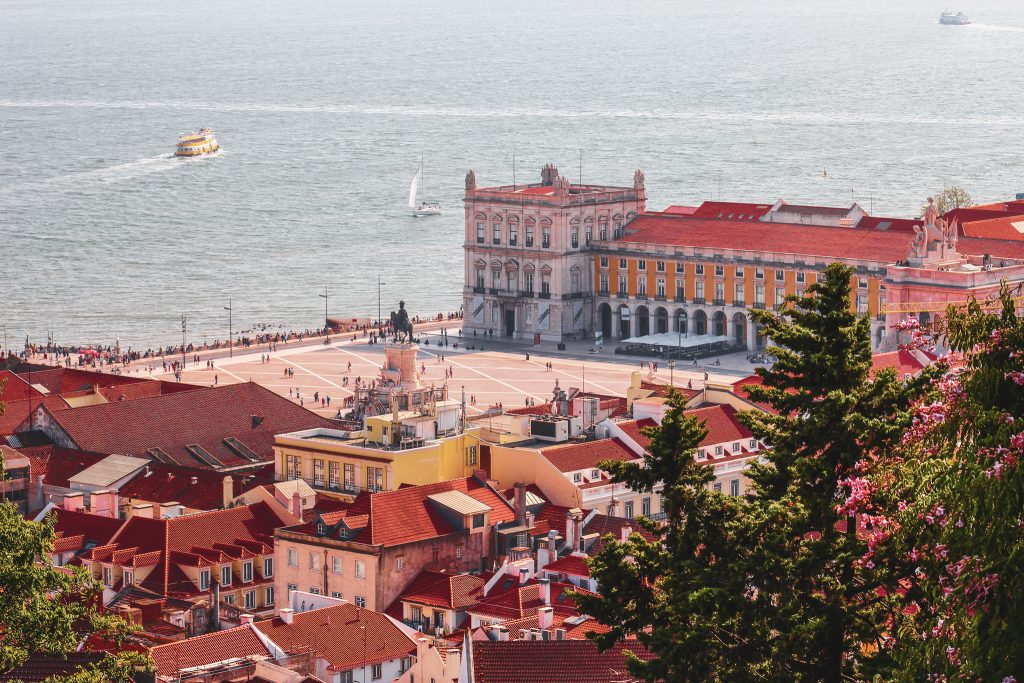
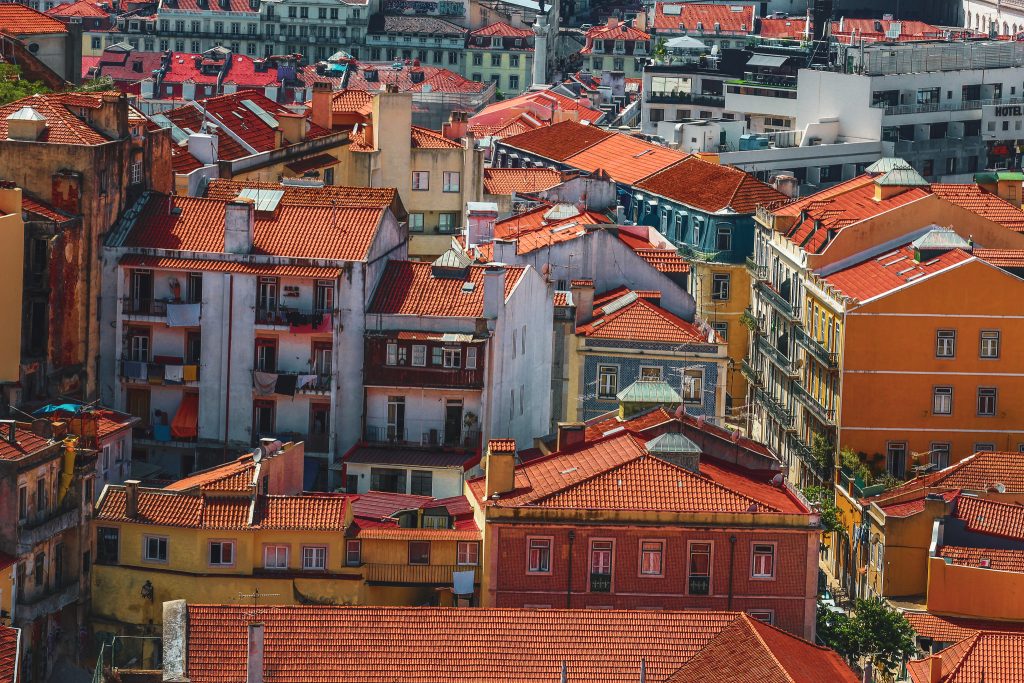
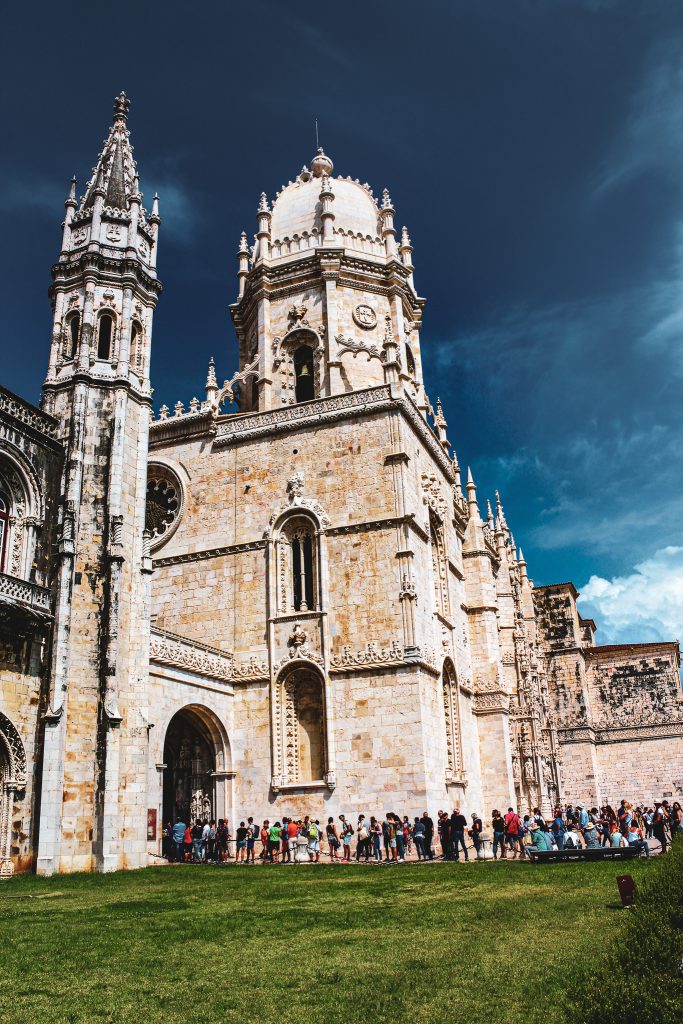
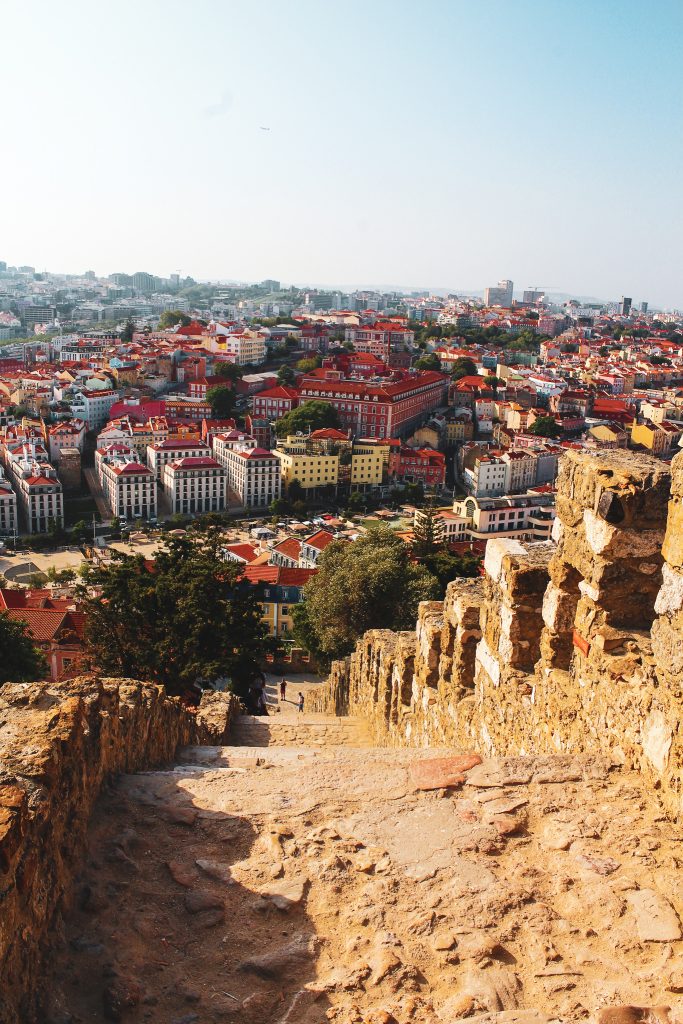

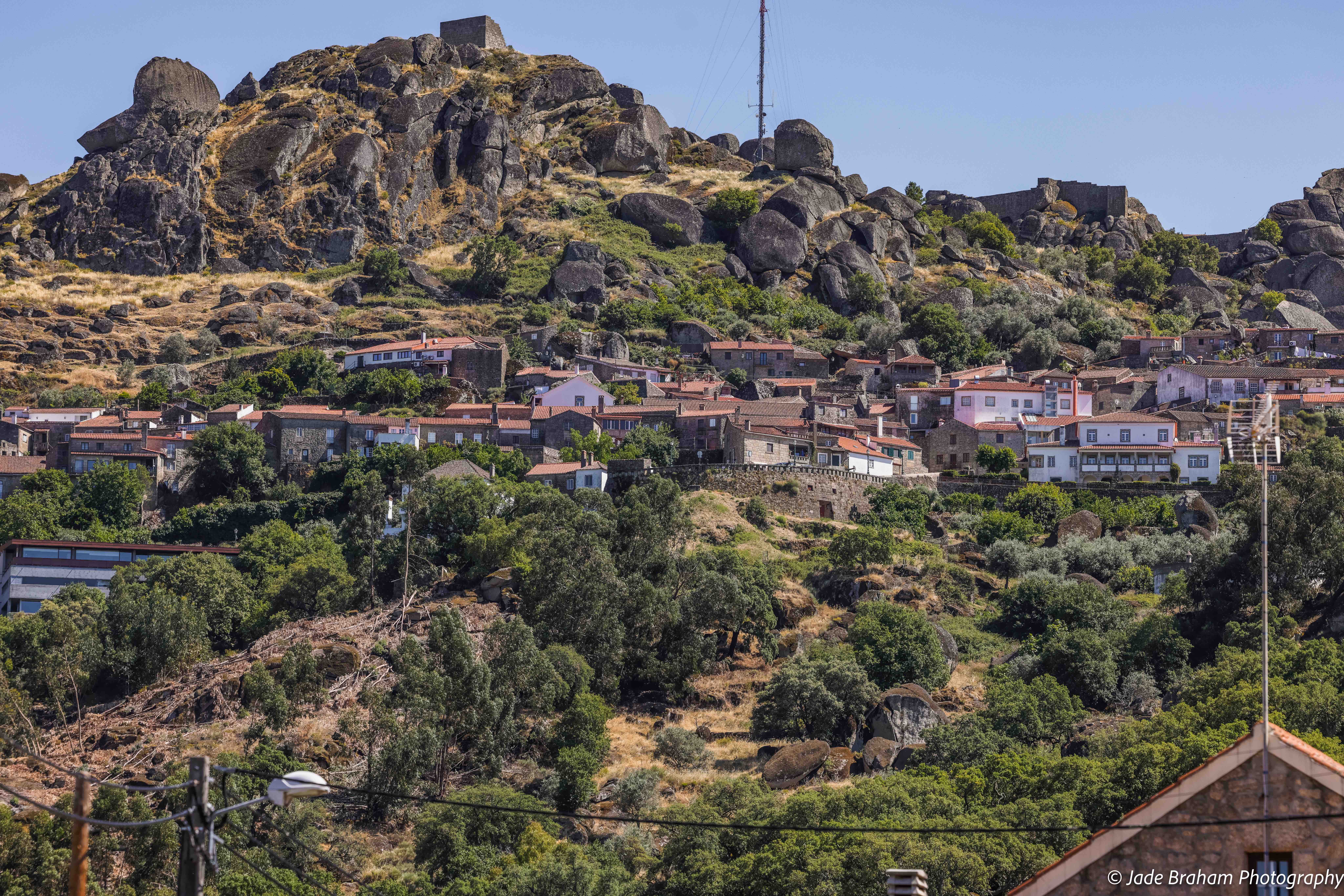
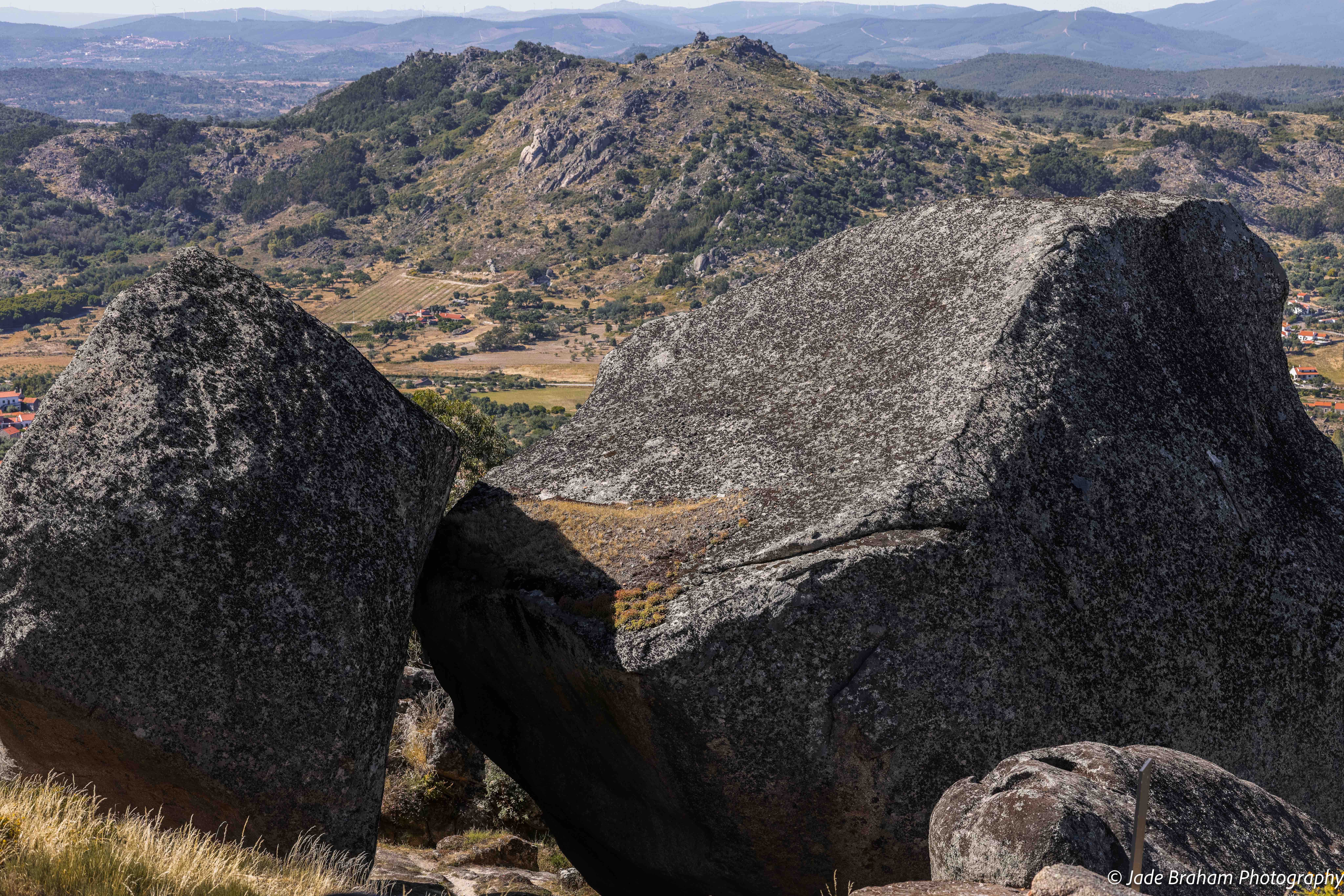
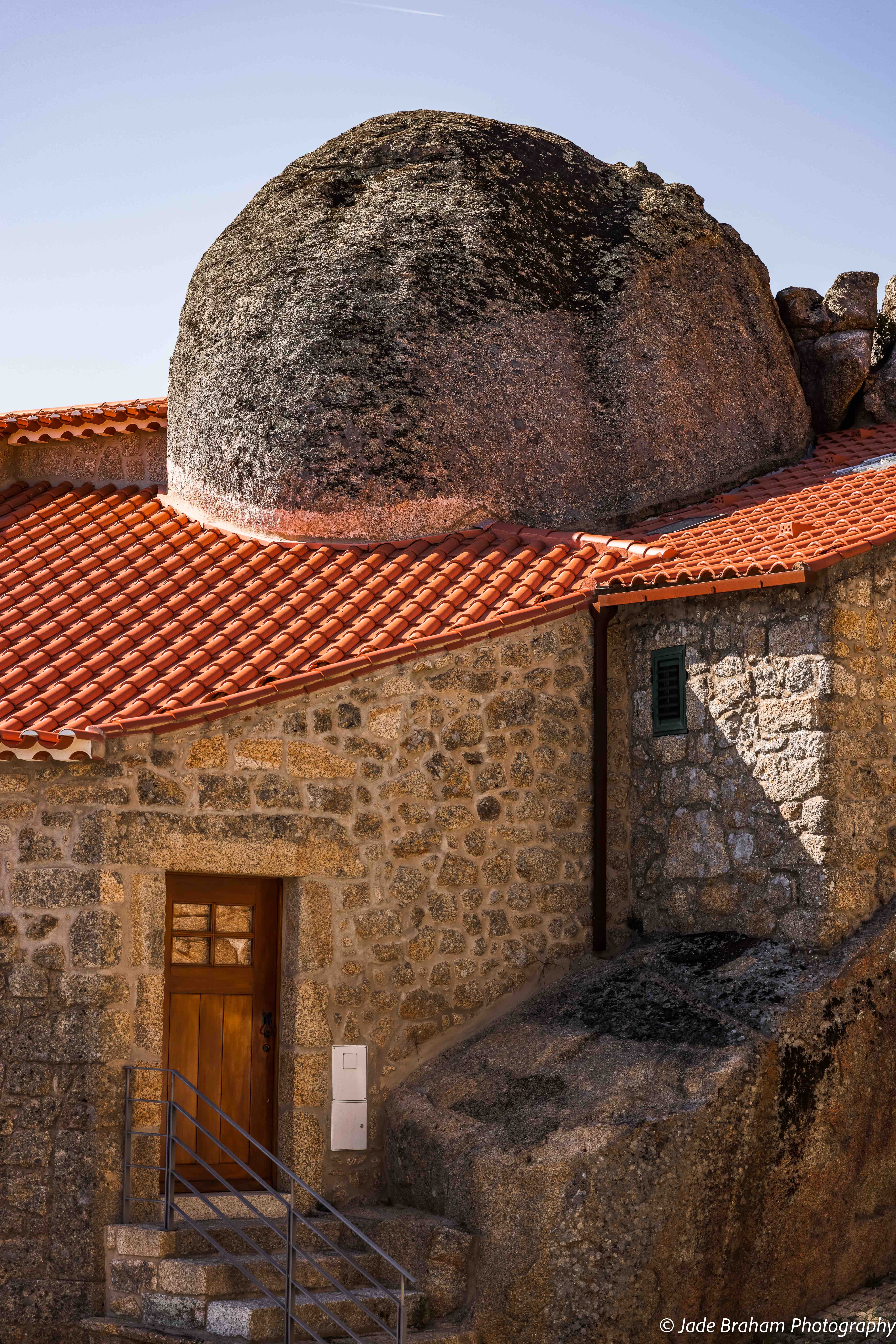
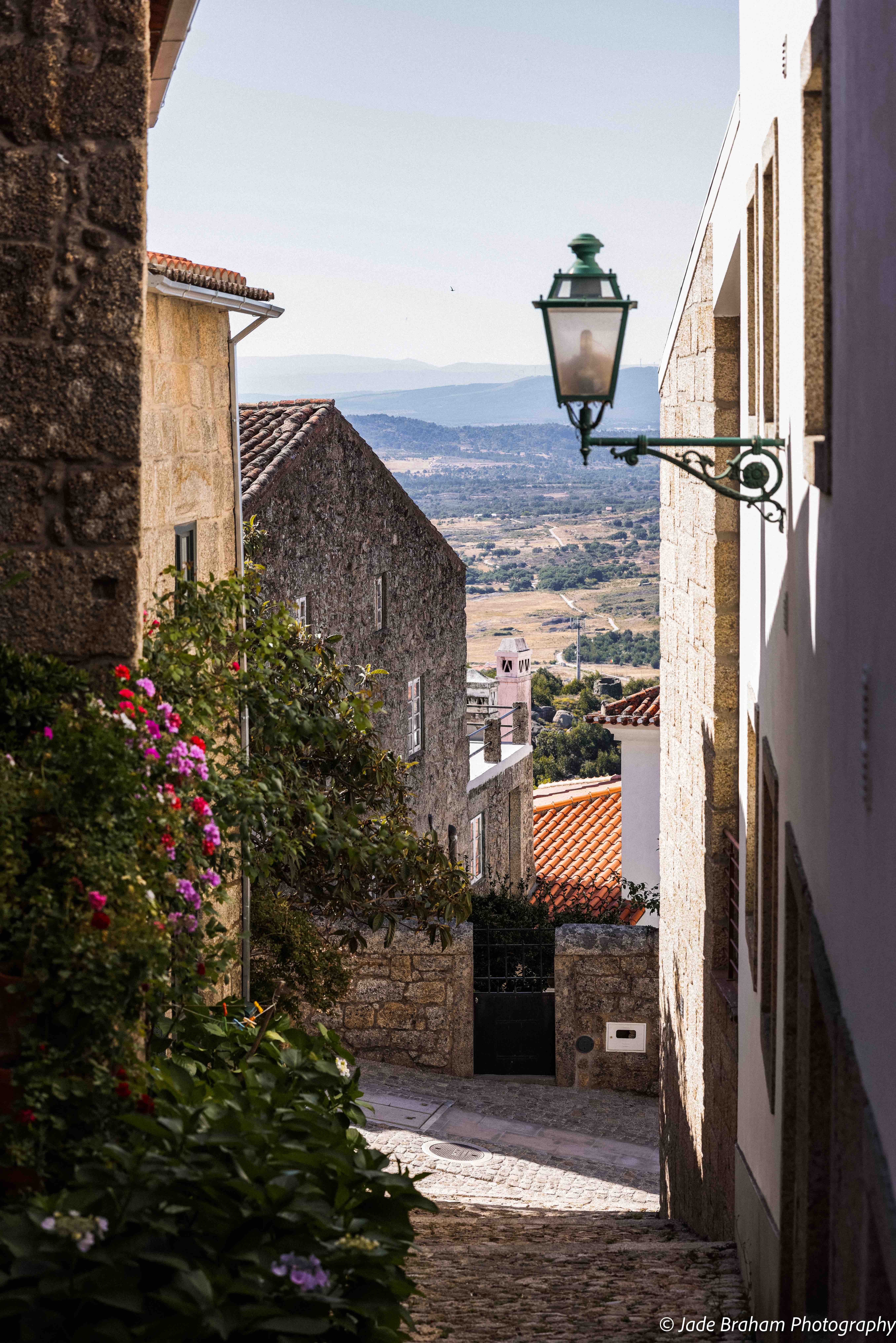
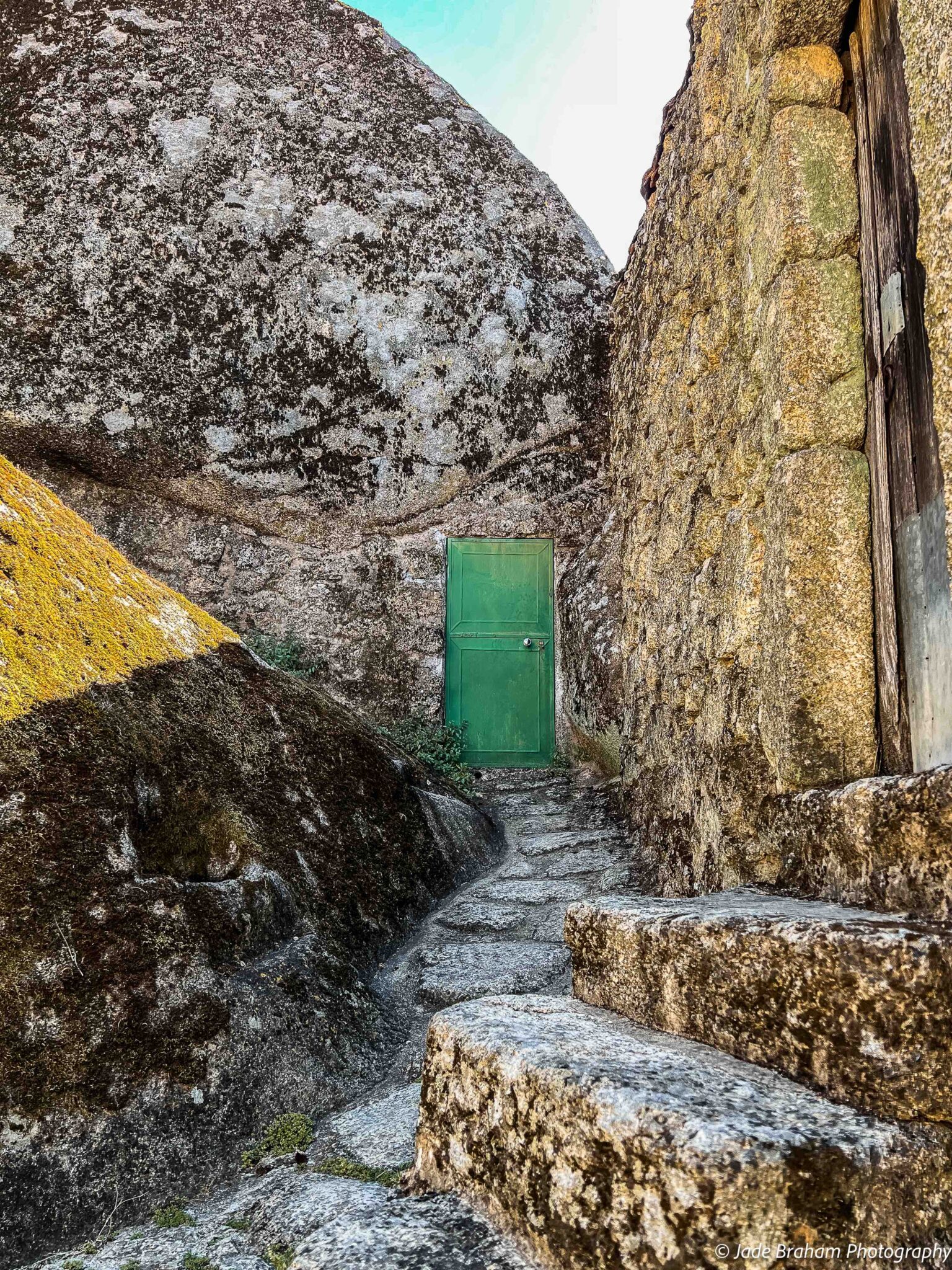


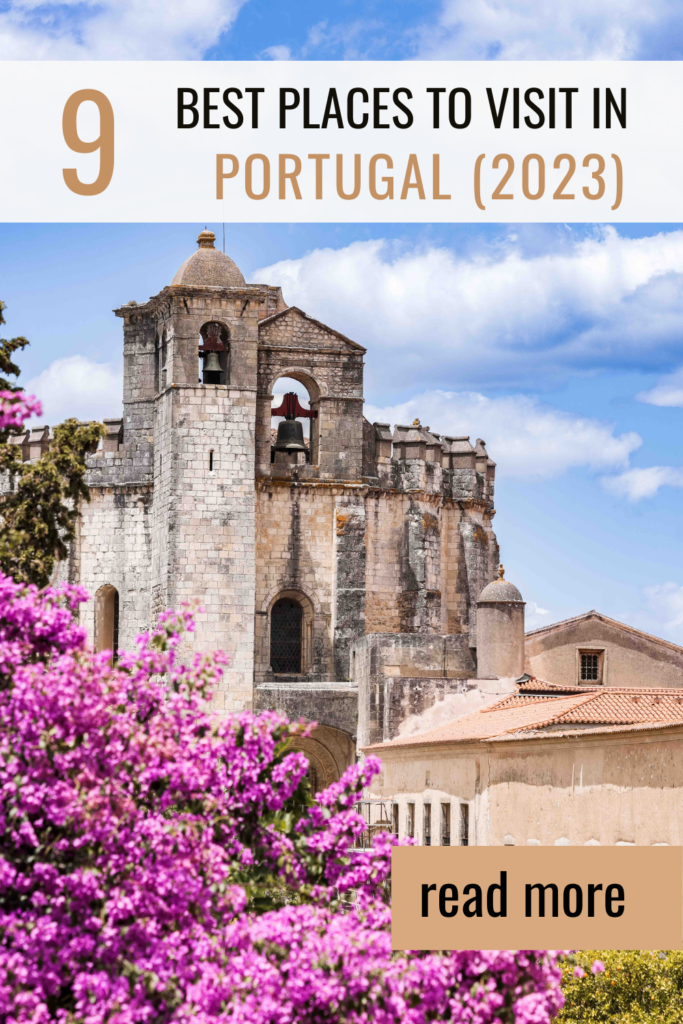
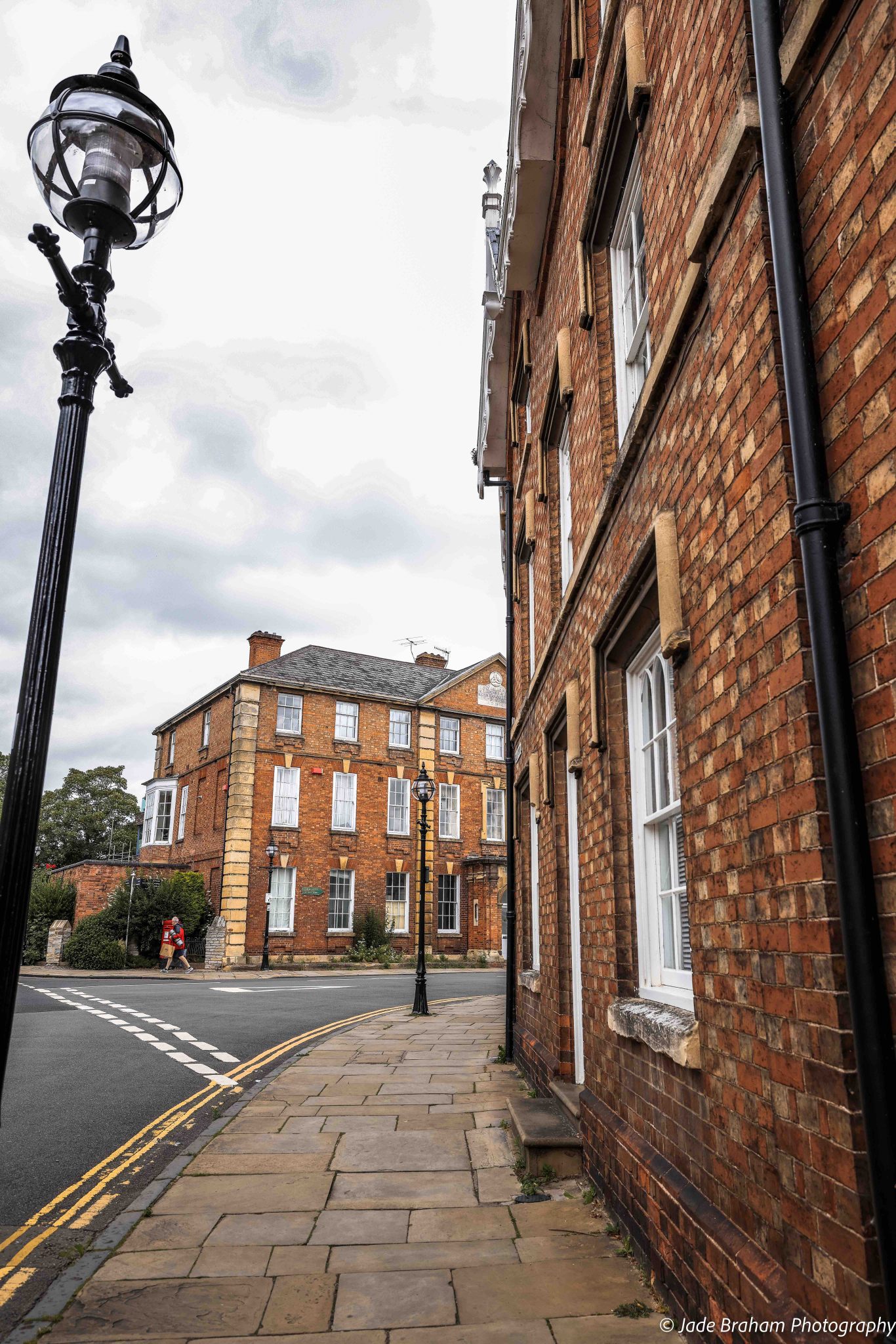


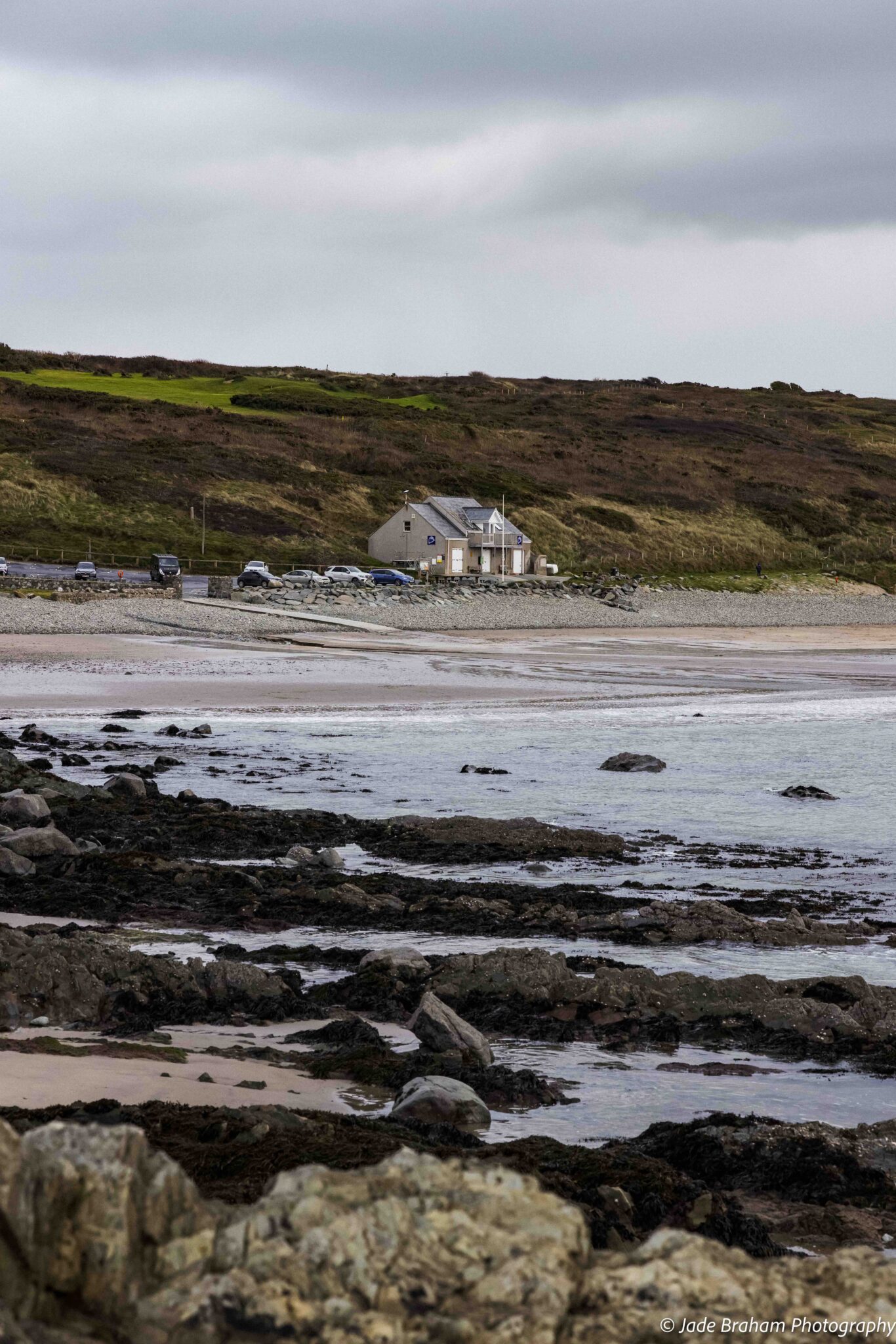
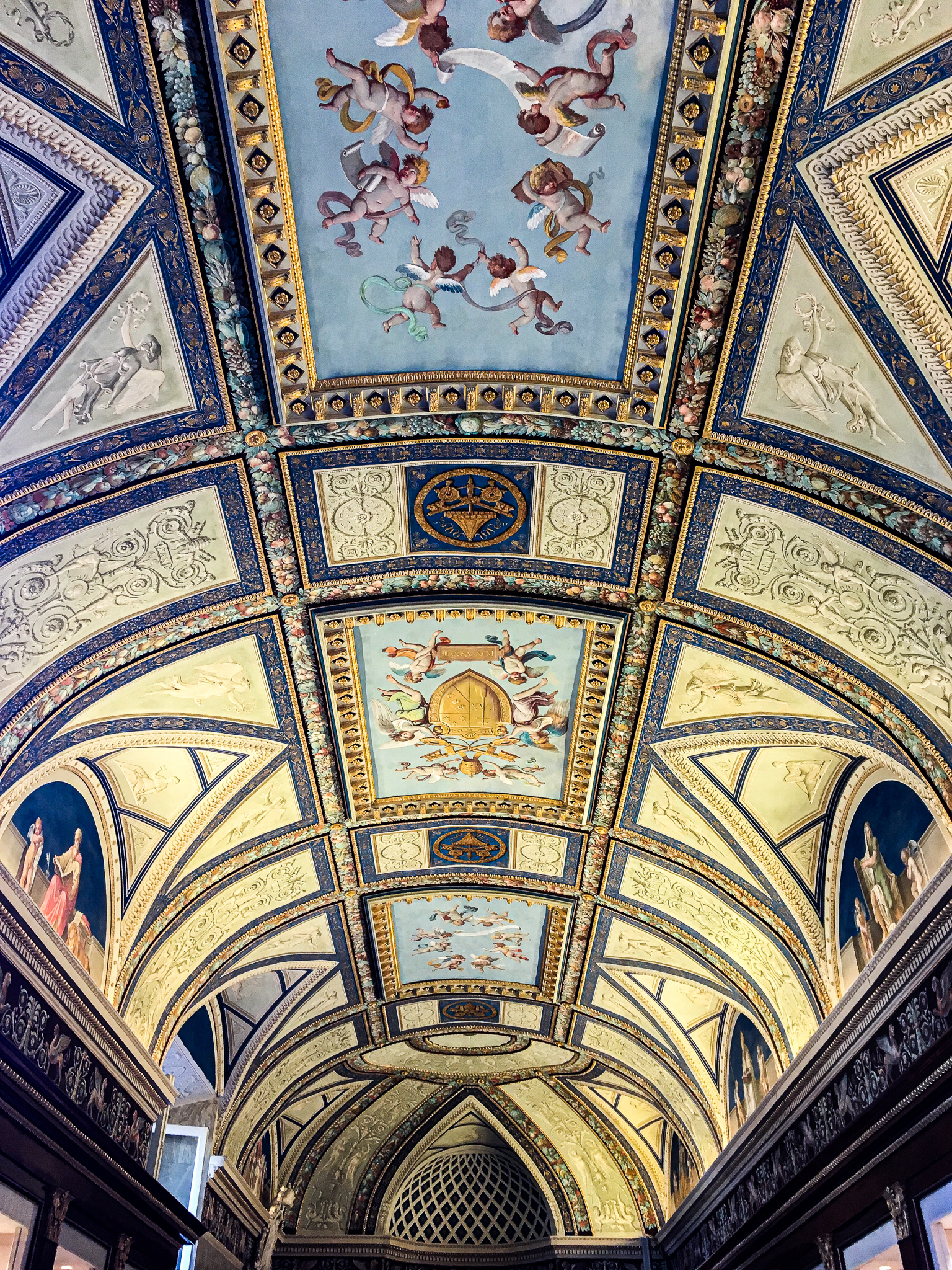
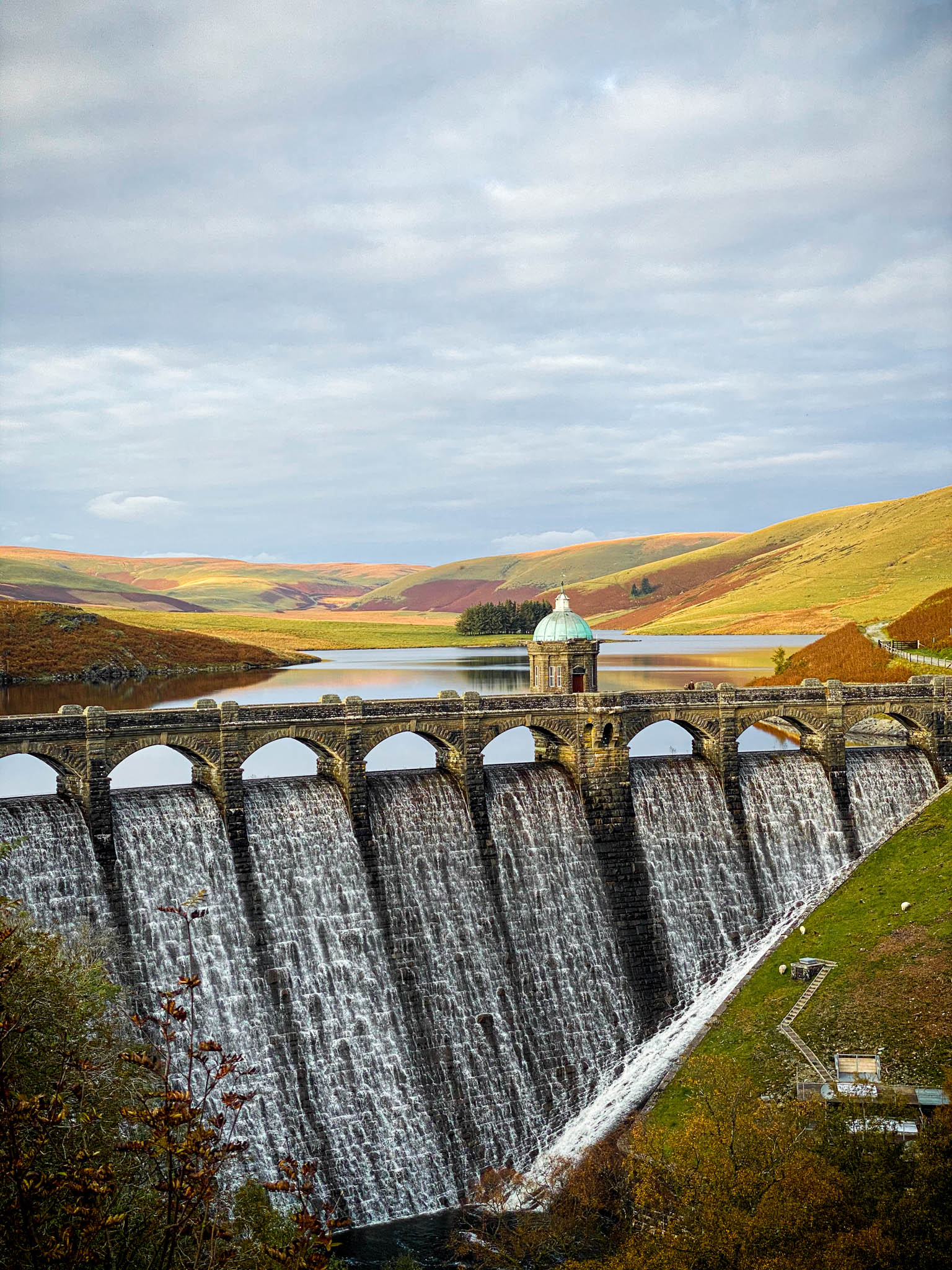
I loved reading your article! You’ve highlighted Portugal’s deep history, and I would love to revisit Monsanto to find all the places you mentioned.
Thank you so much! Portugal is a country full of history, and if you’ve got the time to explore it, it’s well worth it! Monsanto is a charming place, indeed!
I love the green door disappearing into the rock!!!
Me too! I believe it goes to someone’s house! Isn’t that incredible?